It all started with a hope and a dream. Forty years ago this month four back-to-the-land hippies pooled their resources and vision to launch a small weekly newspaper in Eugene called What’s Happening.
The year was 1982, and Eugene was a hot item on the nation’s cultural landscape. The Hult Center opened that year. Eugene’s Saturday Market had been running for a decade, as had the Oregon Country Fair. In the previous decade, Life magazine had dubbed Eugene, a town almost no one outside of Oregon had ever heard of, the most liveable city in the nation. The arts flourished here in a way that is inconceivable today. In 1974, half a dozen internationally known sculptors spent six weeks working in Eugene as part of the Oregon International Sculpture Symposium here. Eugene, you might say, was still on a roll.
From the beginning, What’s Happening — which would officially become Eugene Weekly in 1993 — defined itself as an alt (as in “alternative”) weekly, part of a newspaper movement that had swept the country in the 1960s. Papers such as The Village Voice in New York, the L.A. Free Press, and, in Portland, Willamette Week began covering news from a freer, less uptight perspective than came from the mainstream press.
Two previous efforts to launch alt papers in Eugene had eventually failed. But the challenges failed to daunt the four women who started what became Eugene Weekly. The women — Elisabeth Lyman, Lucia McKelvey, Sonja Ungemach and Lois Wadsworth — forged ahead with enthusiasm and manic late-night energy along with a male addition, Bill Snyder. The first issue, dated Sept. 16, 1982, was eight pages long and had a notice about a show by actor Jane Van Boskirk at the new Eugene Performing Arts Center, which hadn’t yet been named the Hult Center.
Over the next decades the paper brought in an astounding array of voices. Local photographer Paul Neevel started a feature that continues today, “Happening People,” about people in town who make a difference. EW would regularly feature work by community leaders, such as the late gay columnist Sally Sheklow, former state legislator-cum-political columnist Tony Corcoran, pastor and homeless advocate Dan Bryant and retired federal judge Thomas Coffin. We helped launch outdoor writer Bill Sulllivan’s career. We’ve also had work from nationally known figures such as sex columnist Dan Savage and California artist Sandow Birk, who donated Trump cartoons for the cover of a 2017 issue calling for Trump’s removal from office. And we’re always looking for more diverse voices from the community.
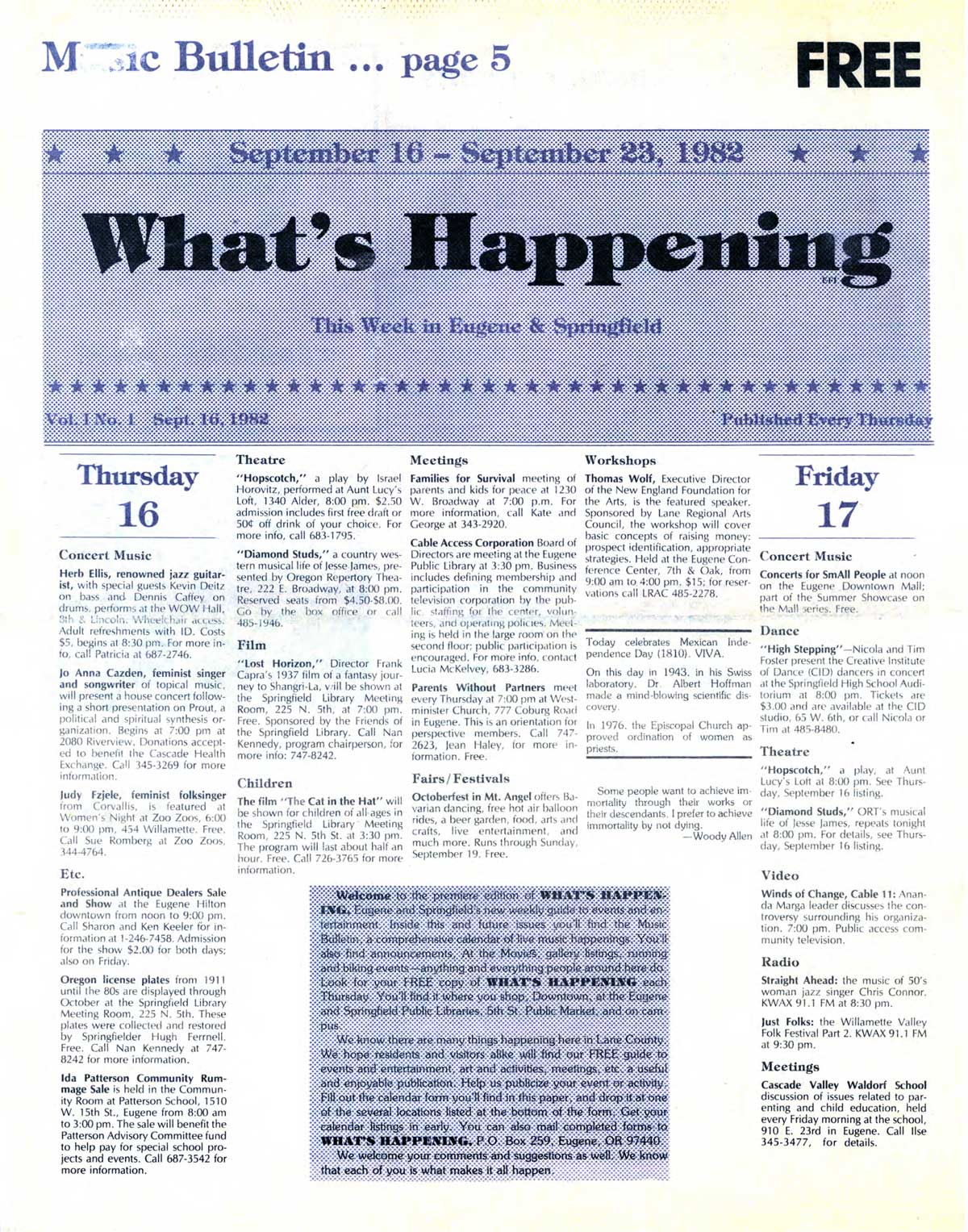

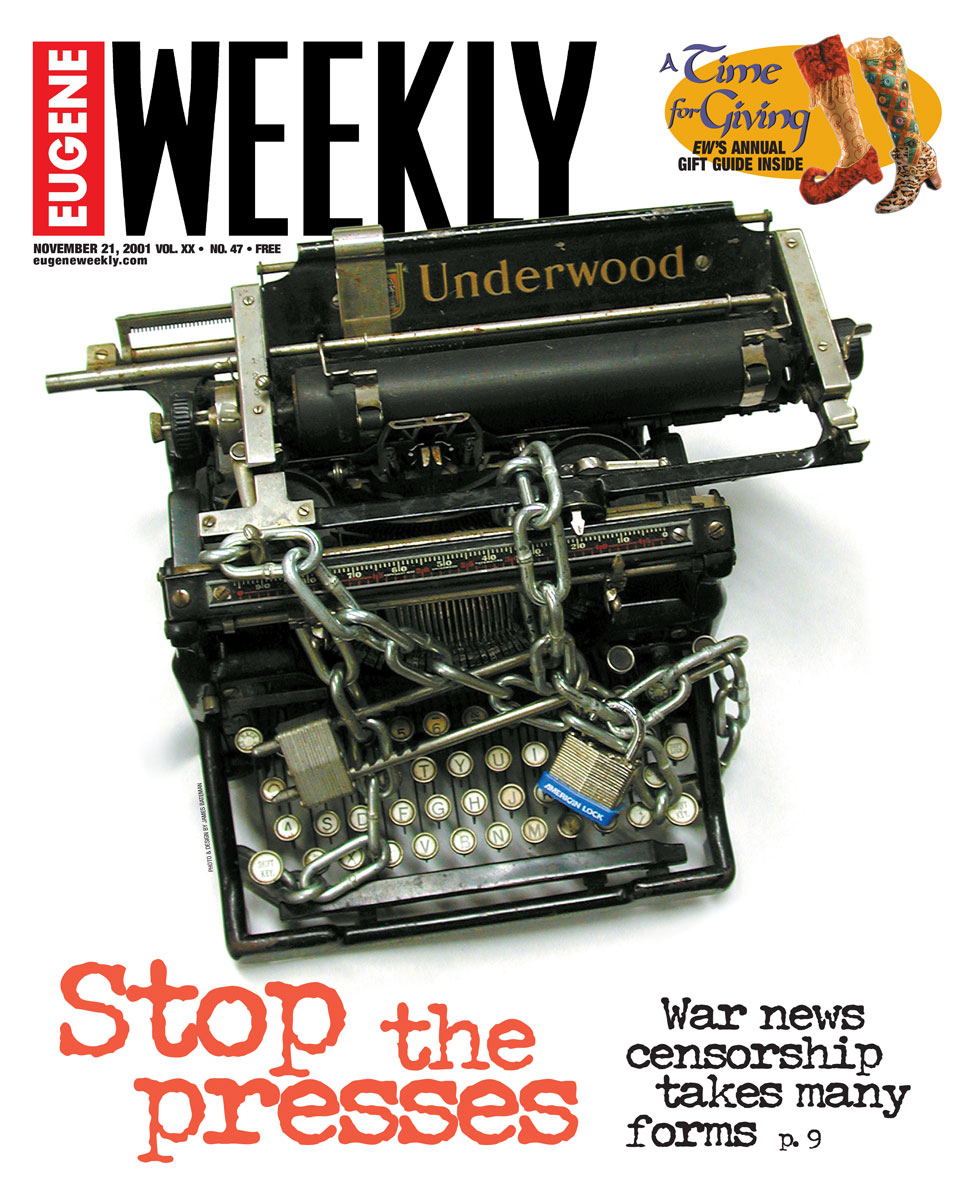
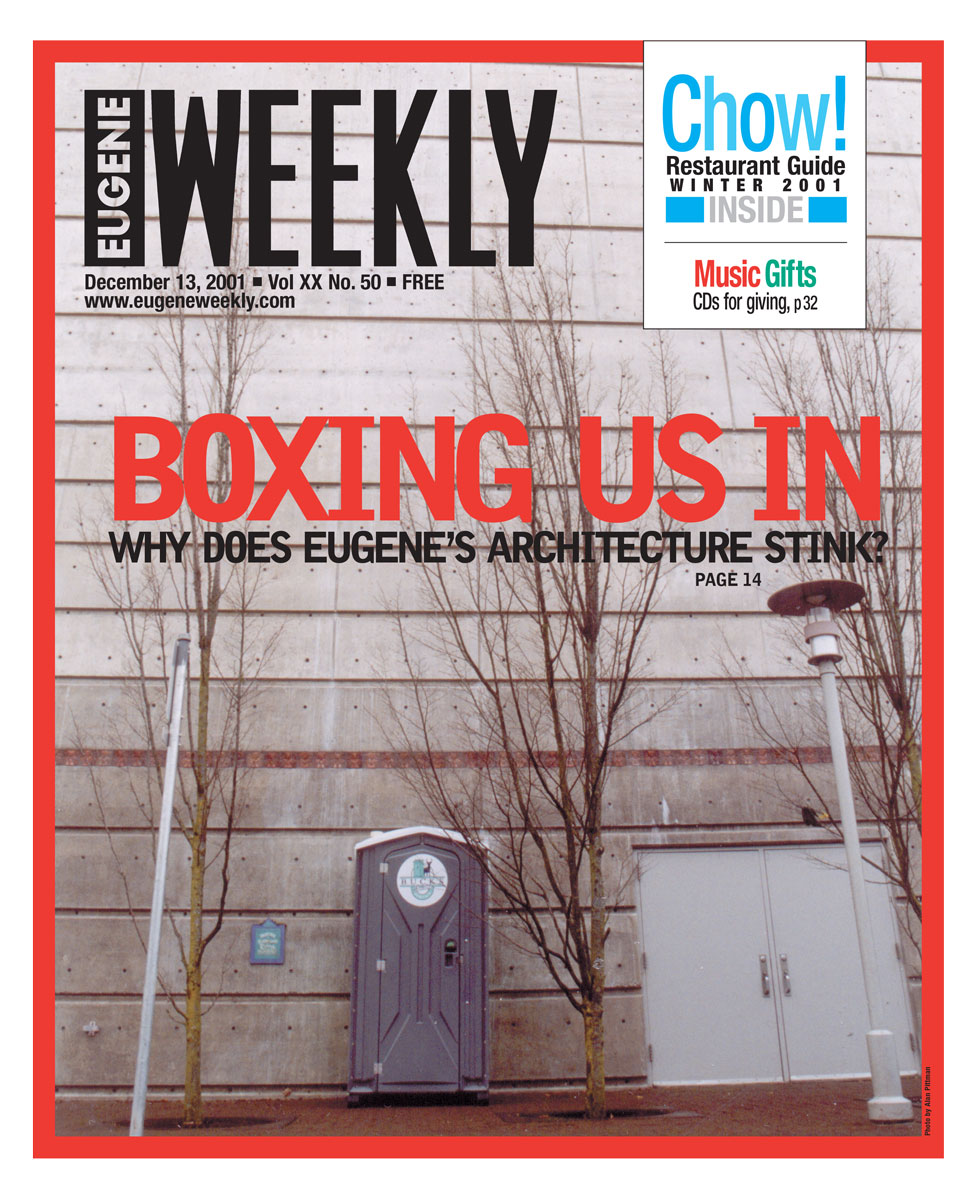
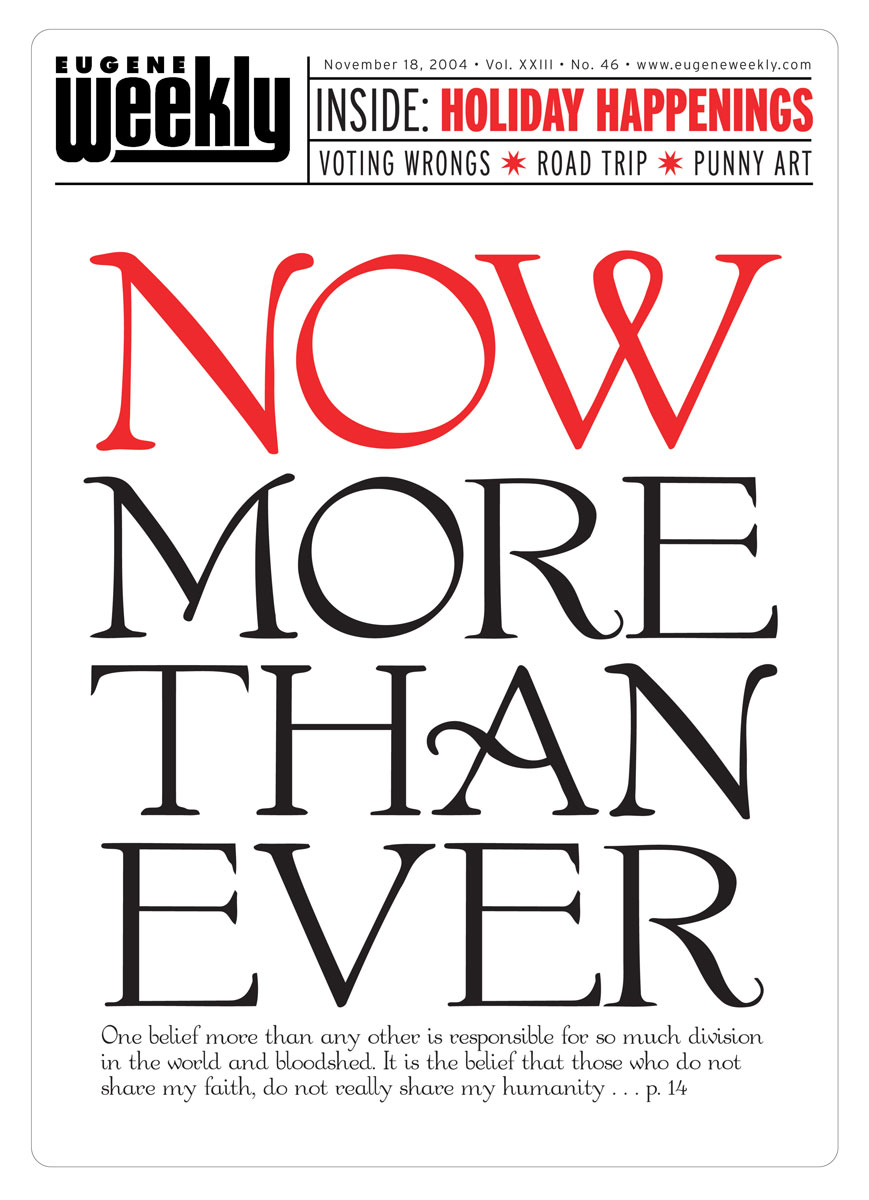

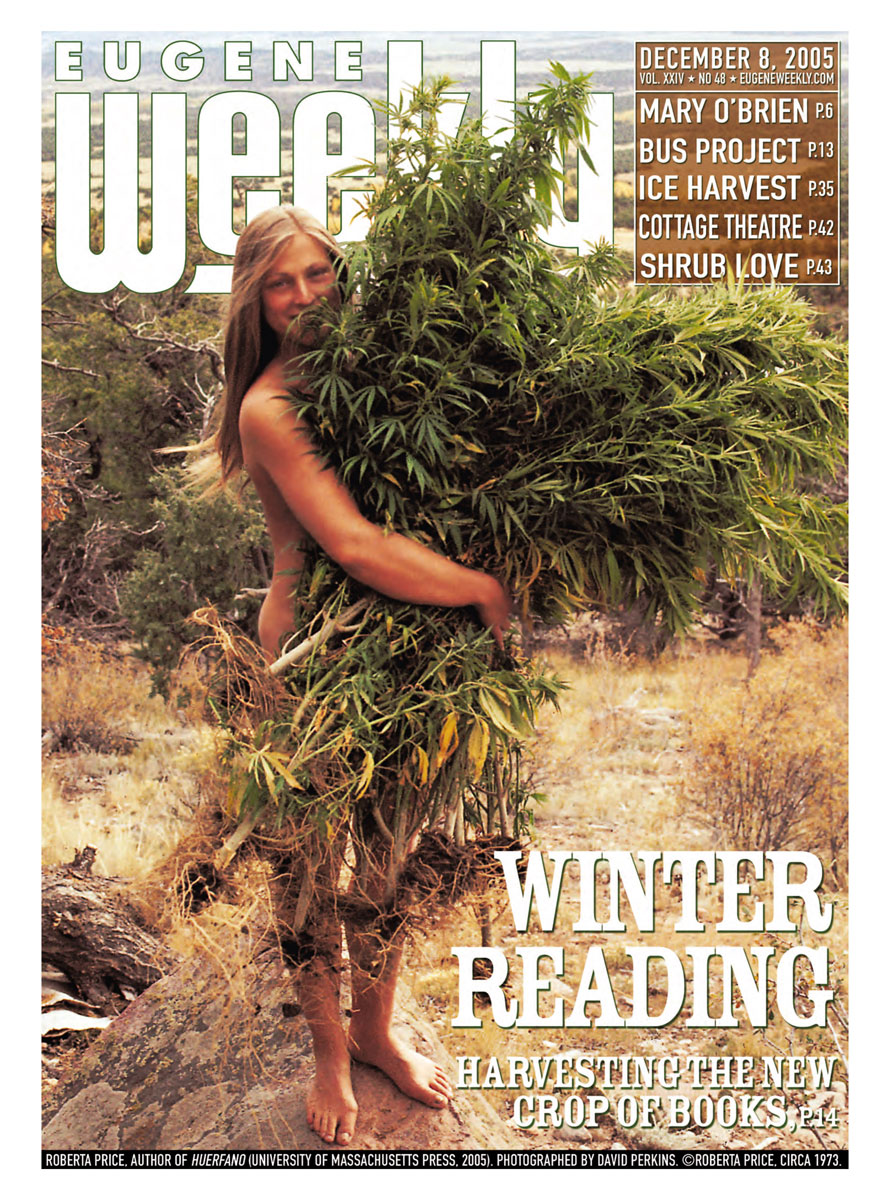
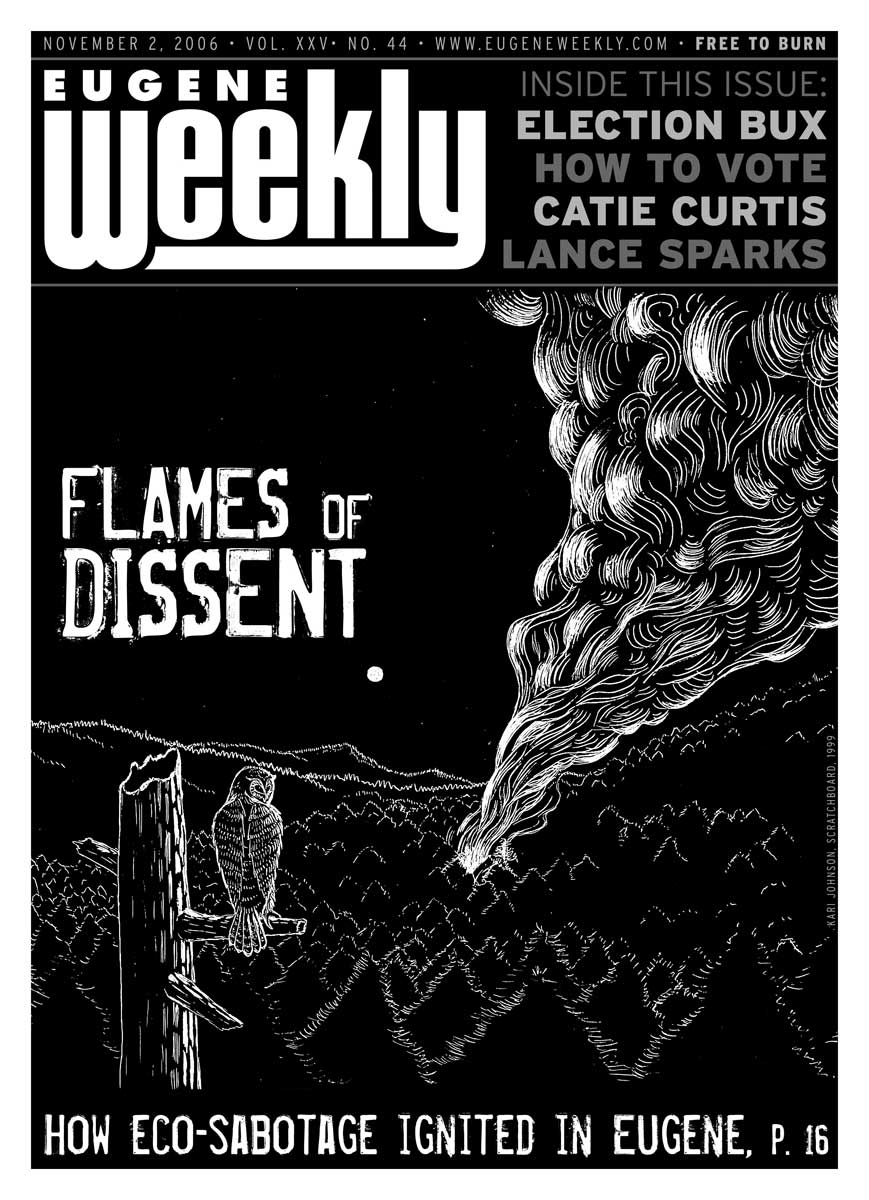
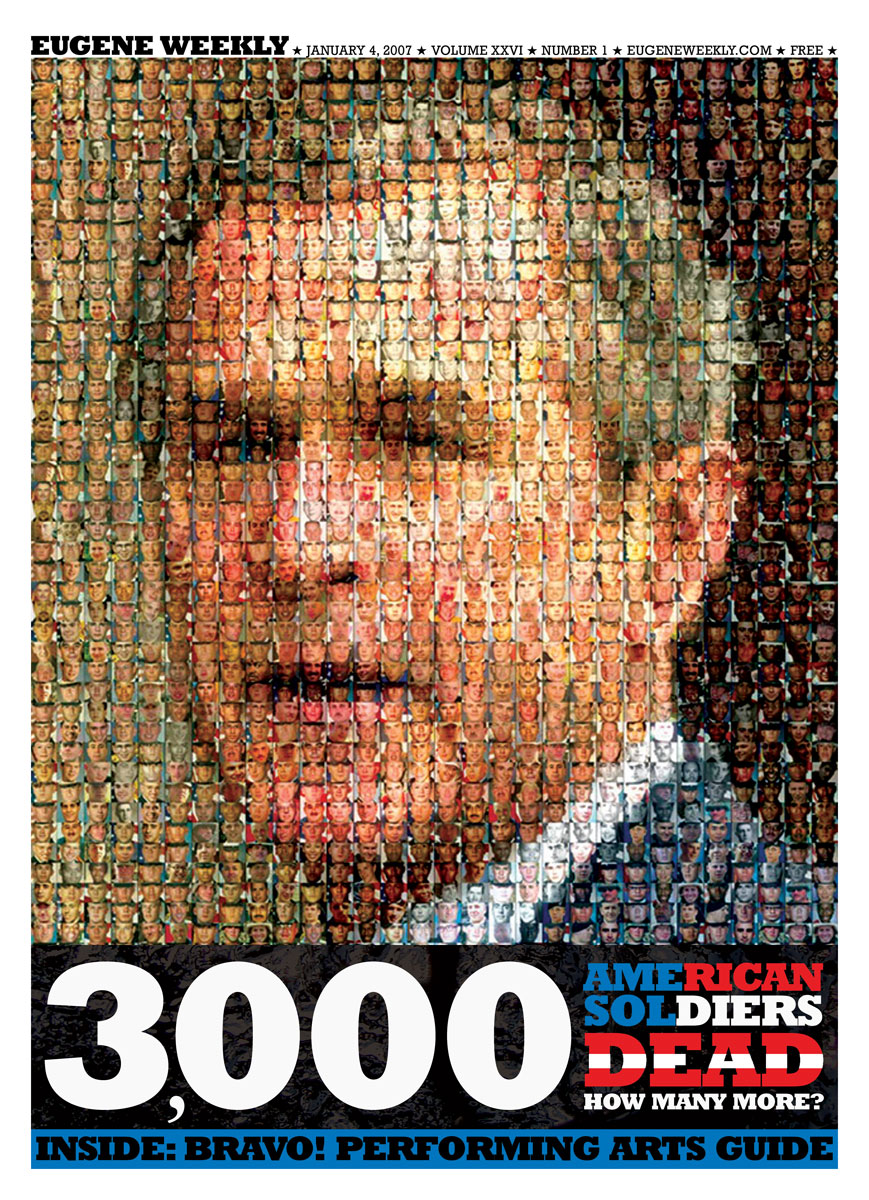
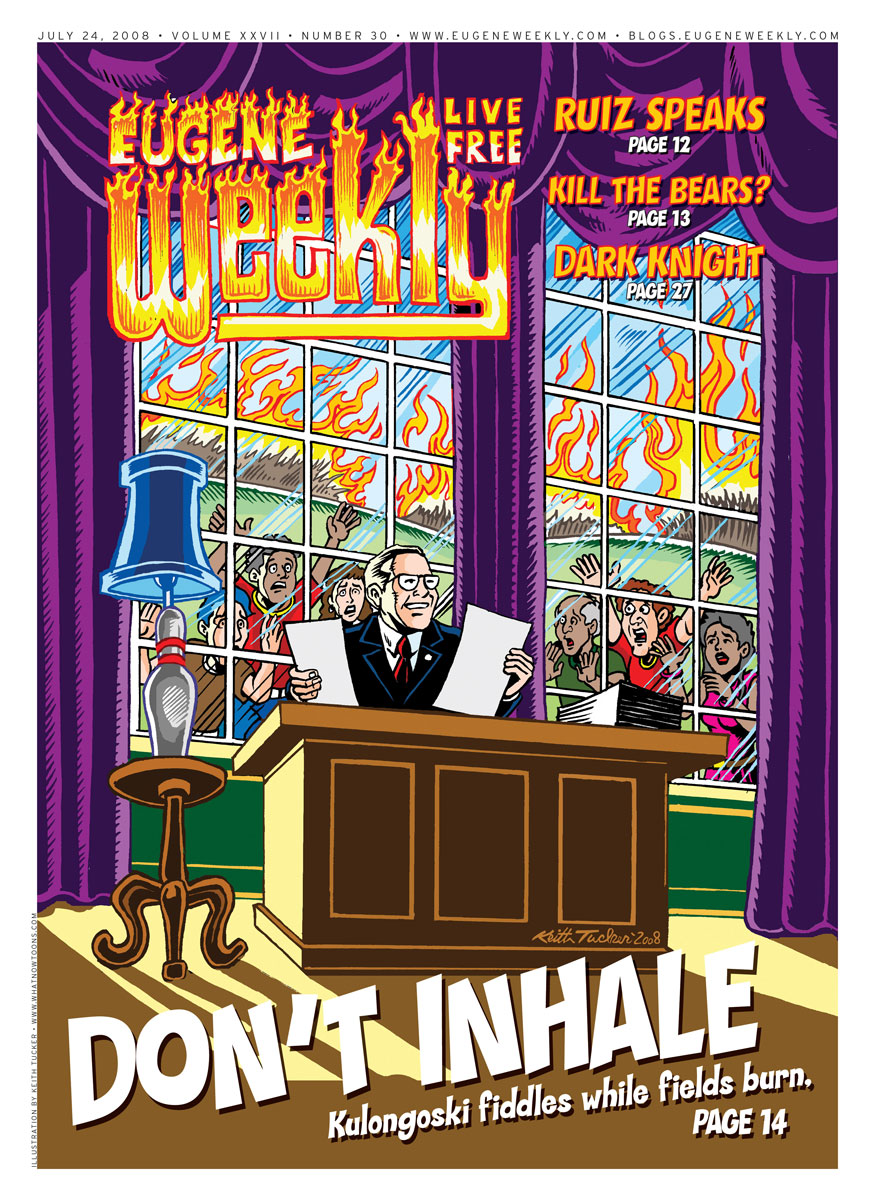
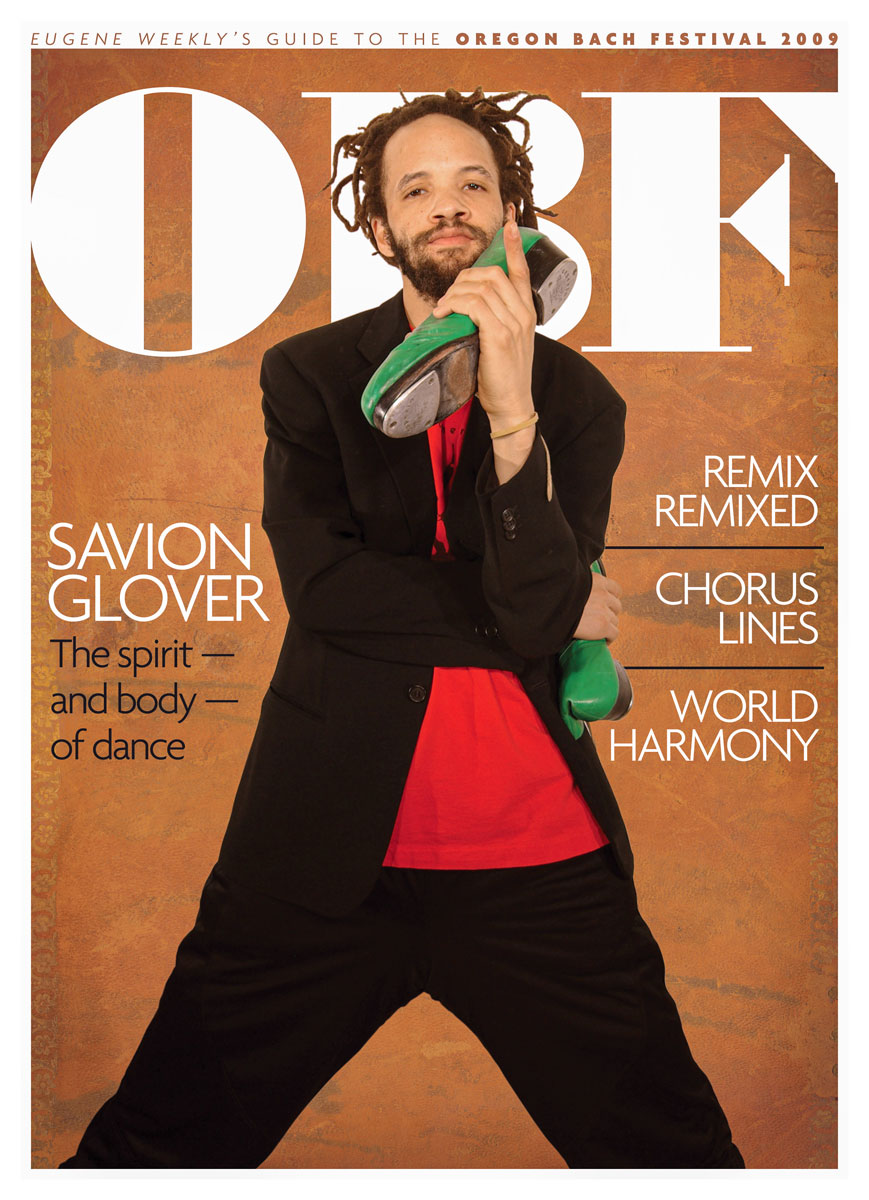
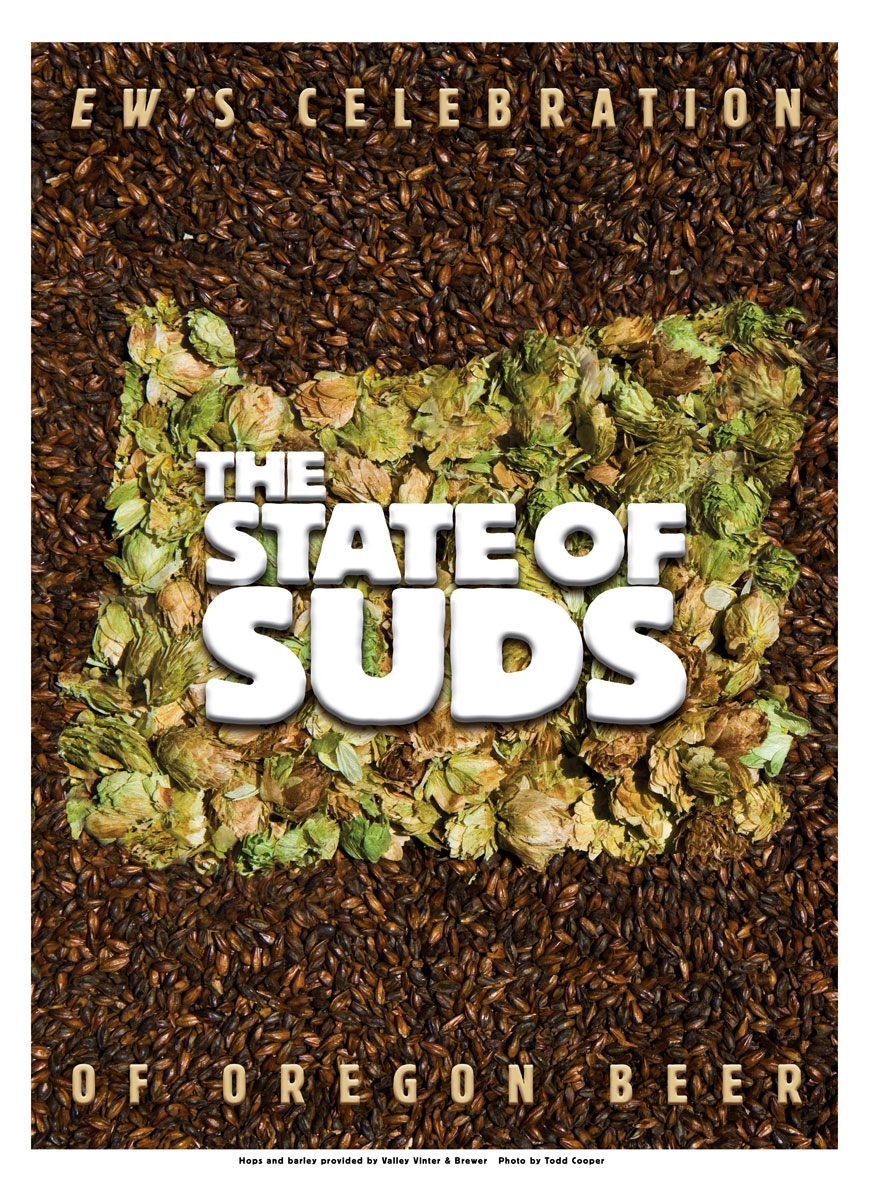
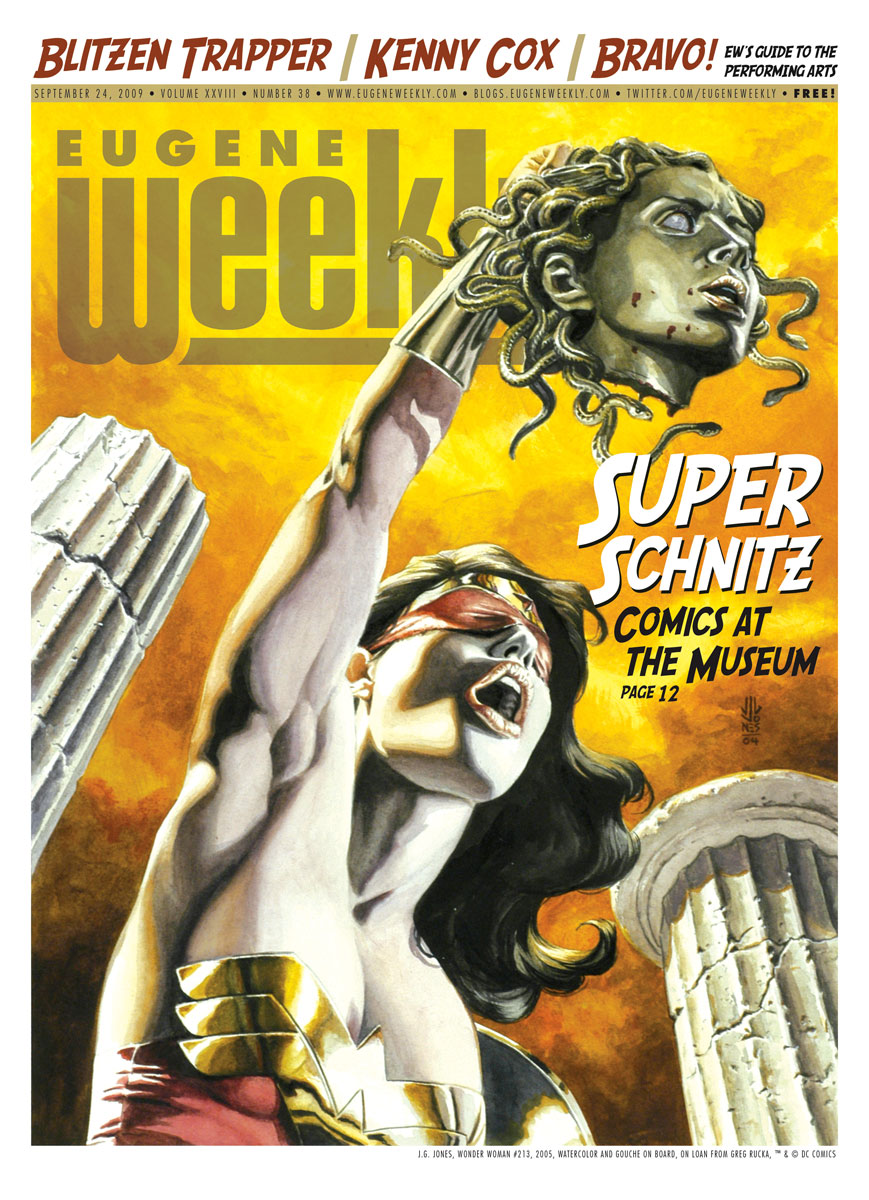
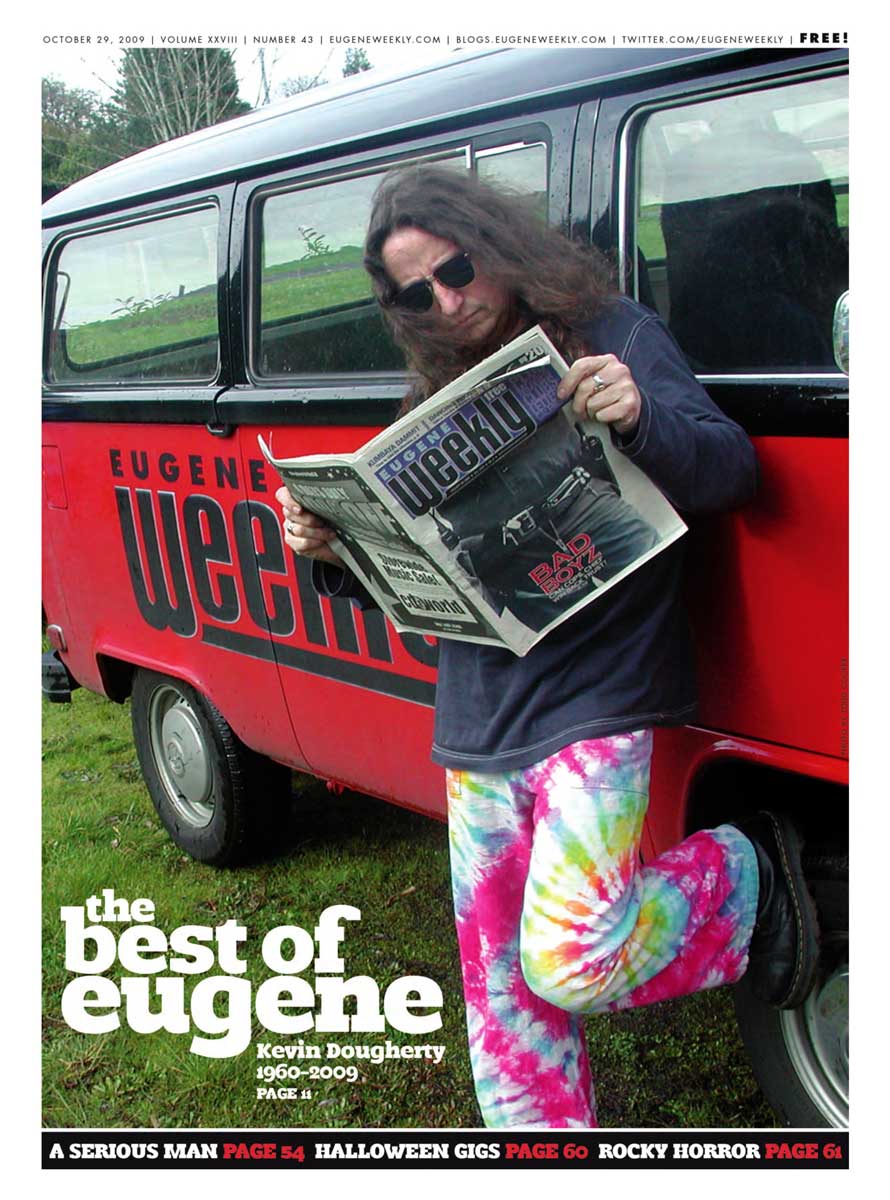

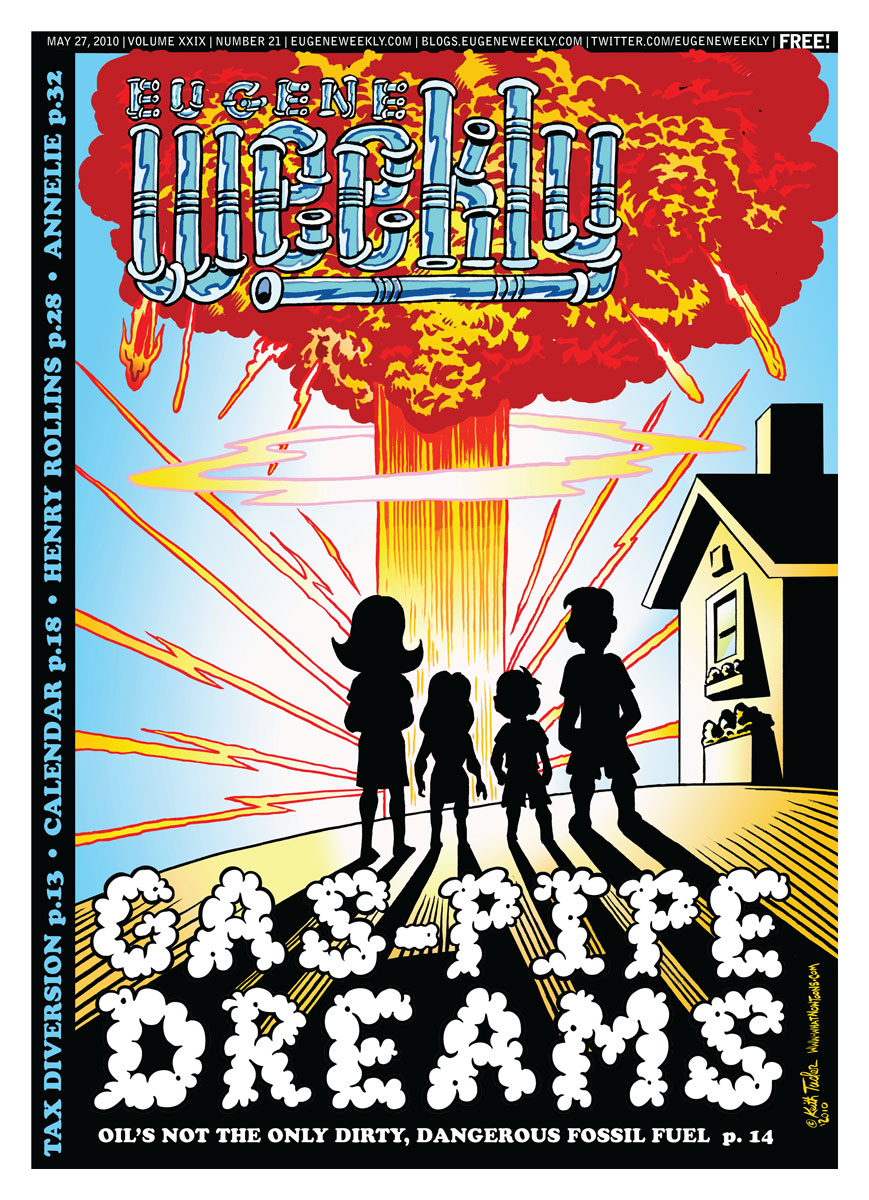

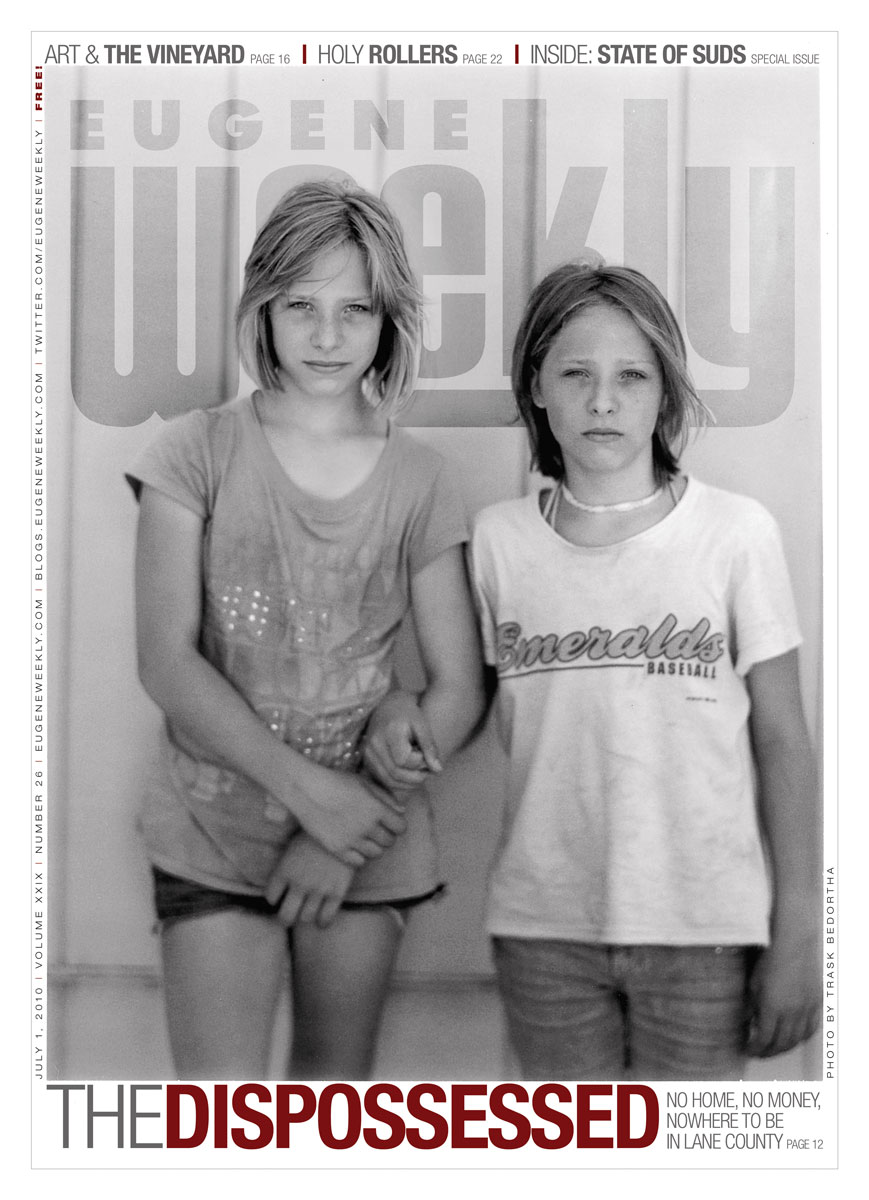

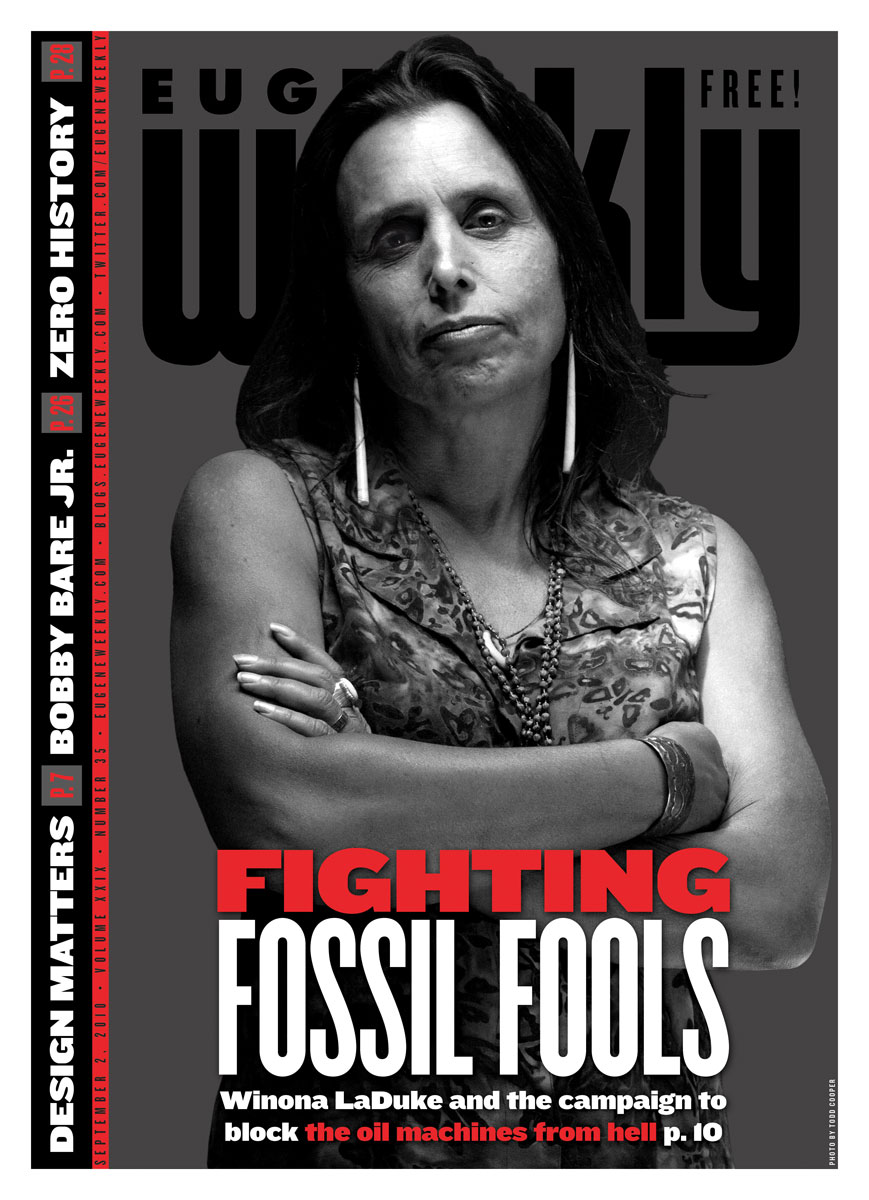
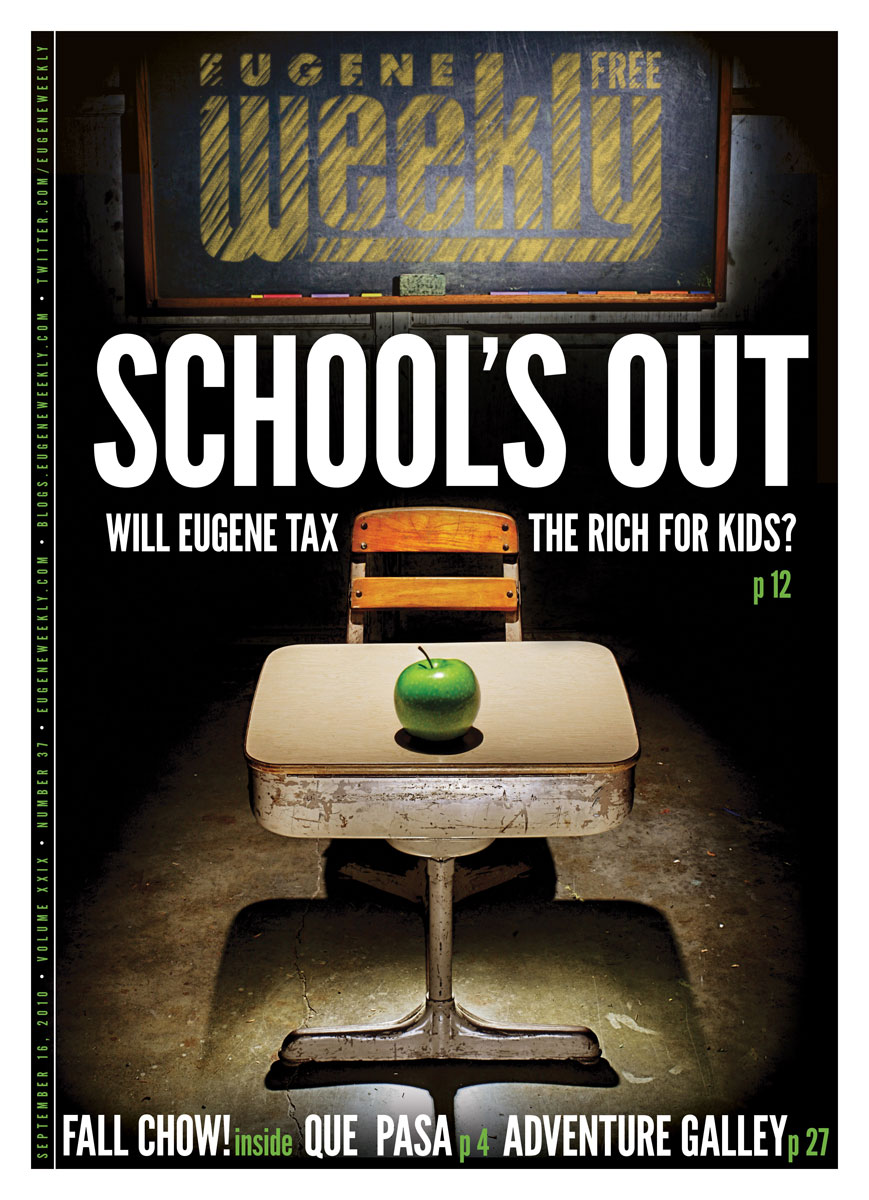
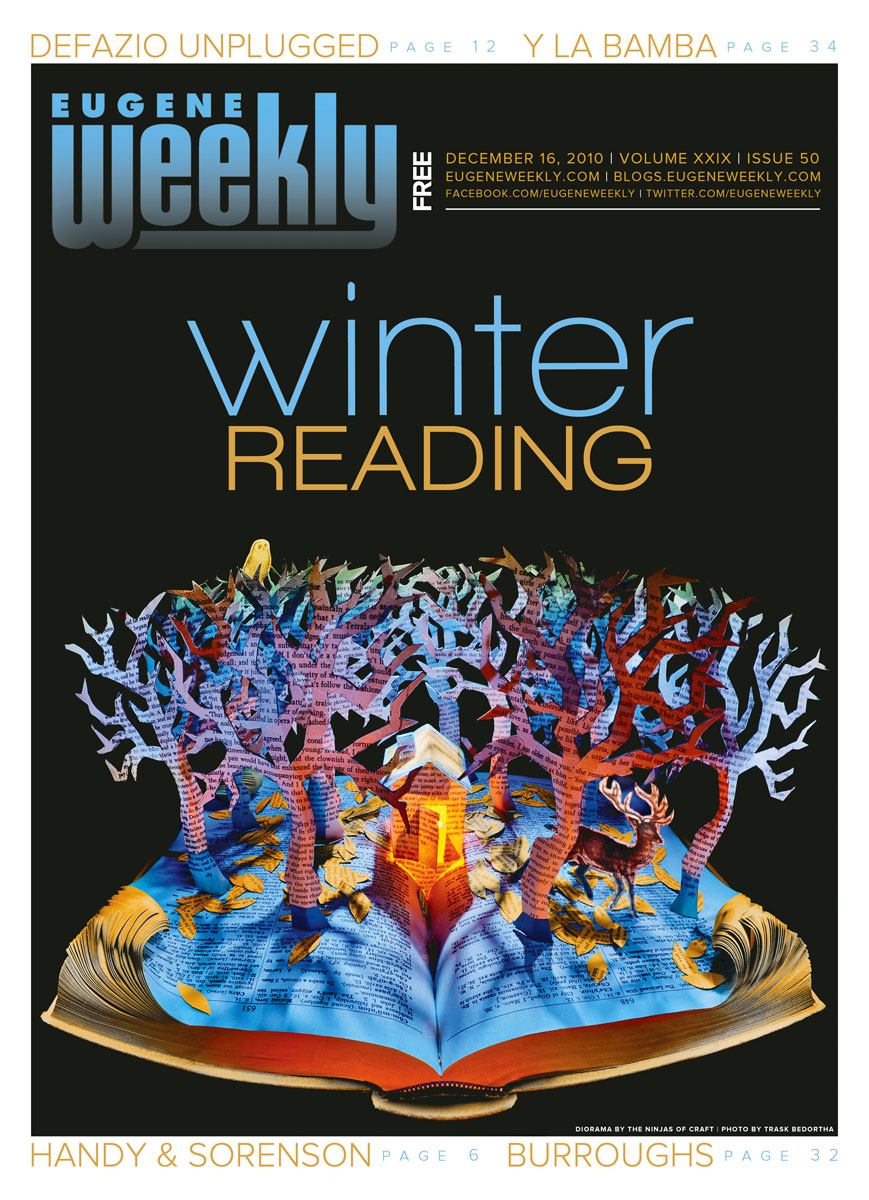


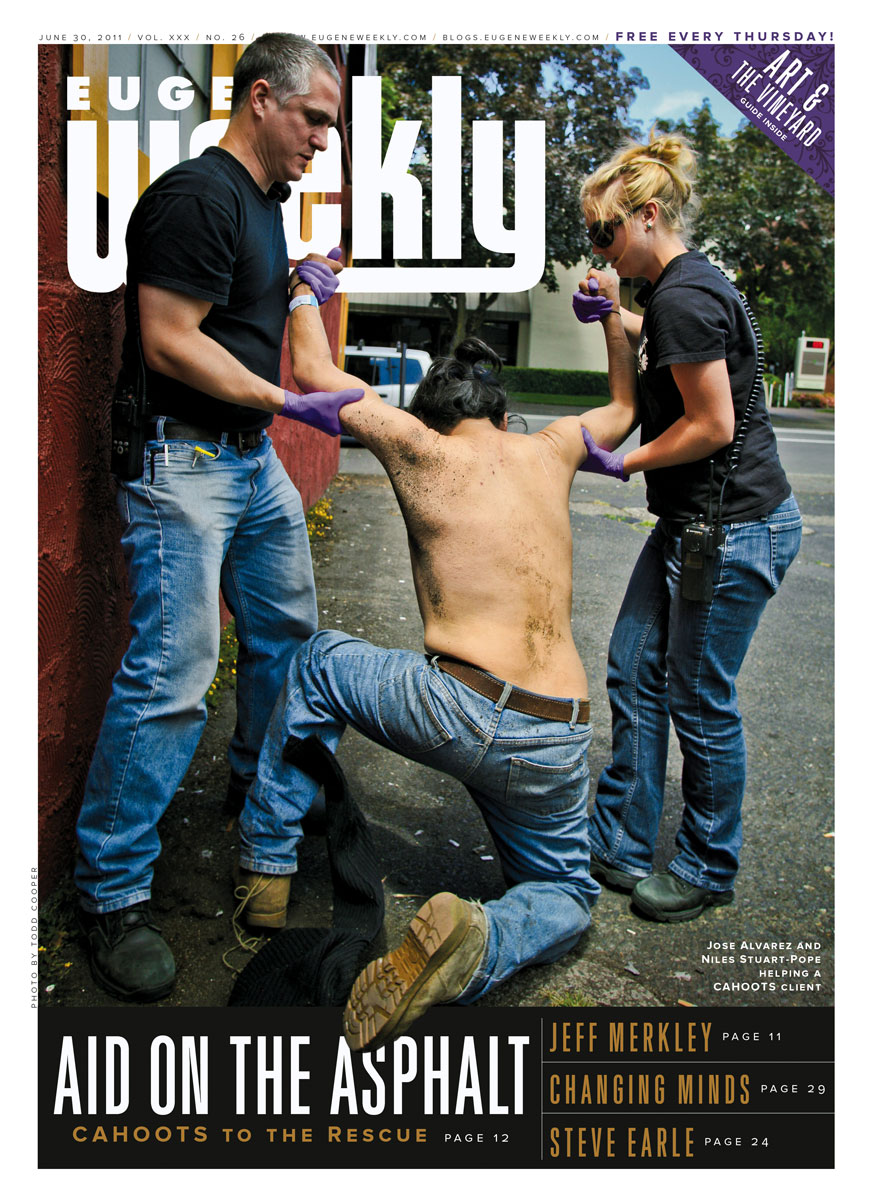
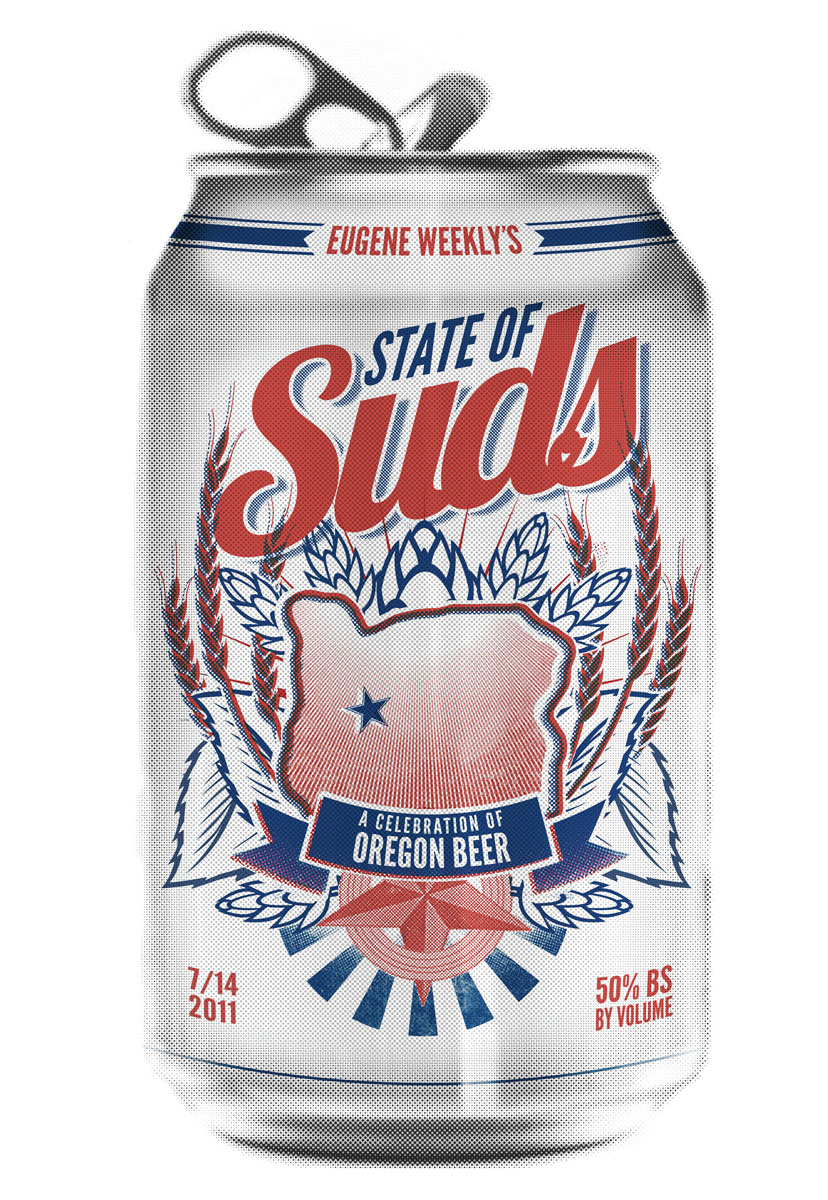
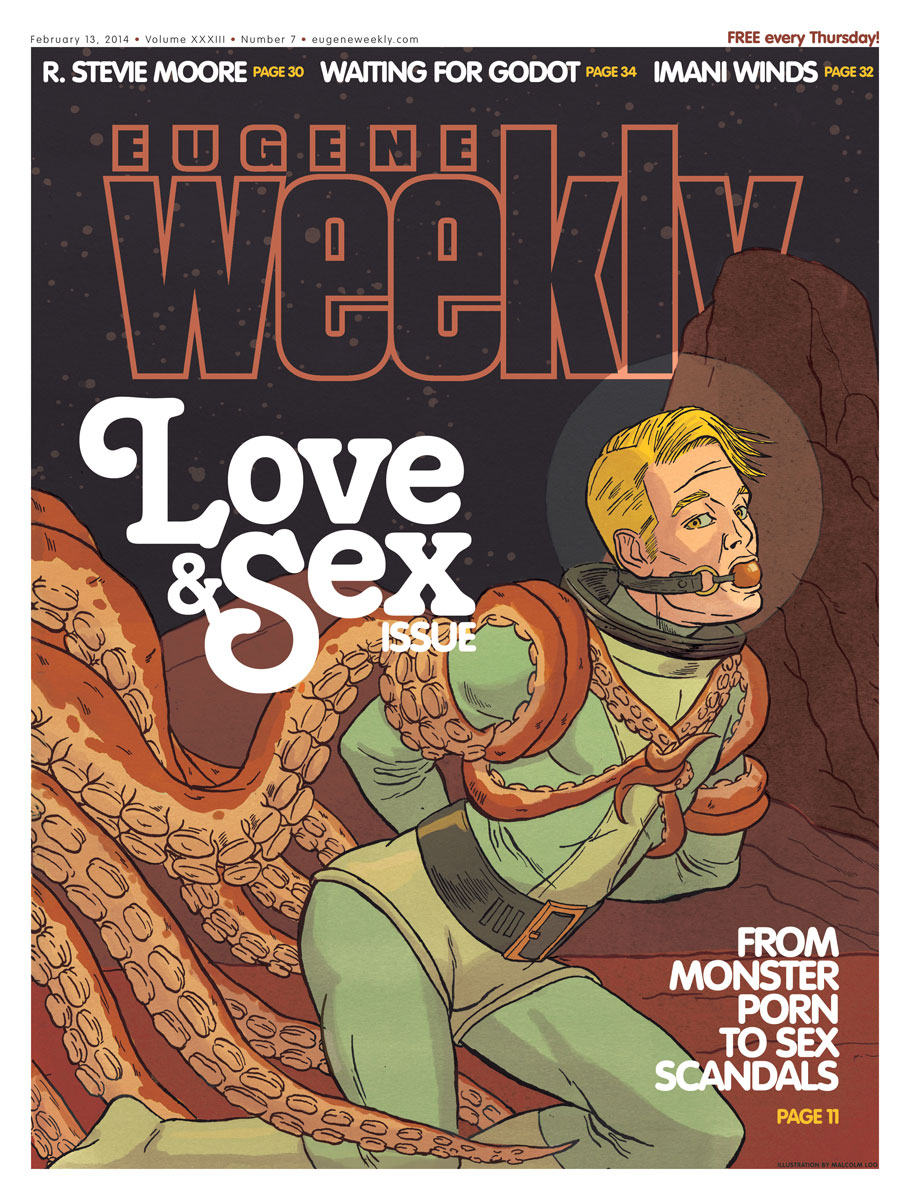
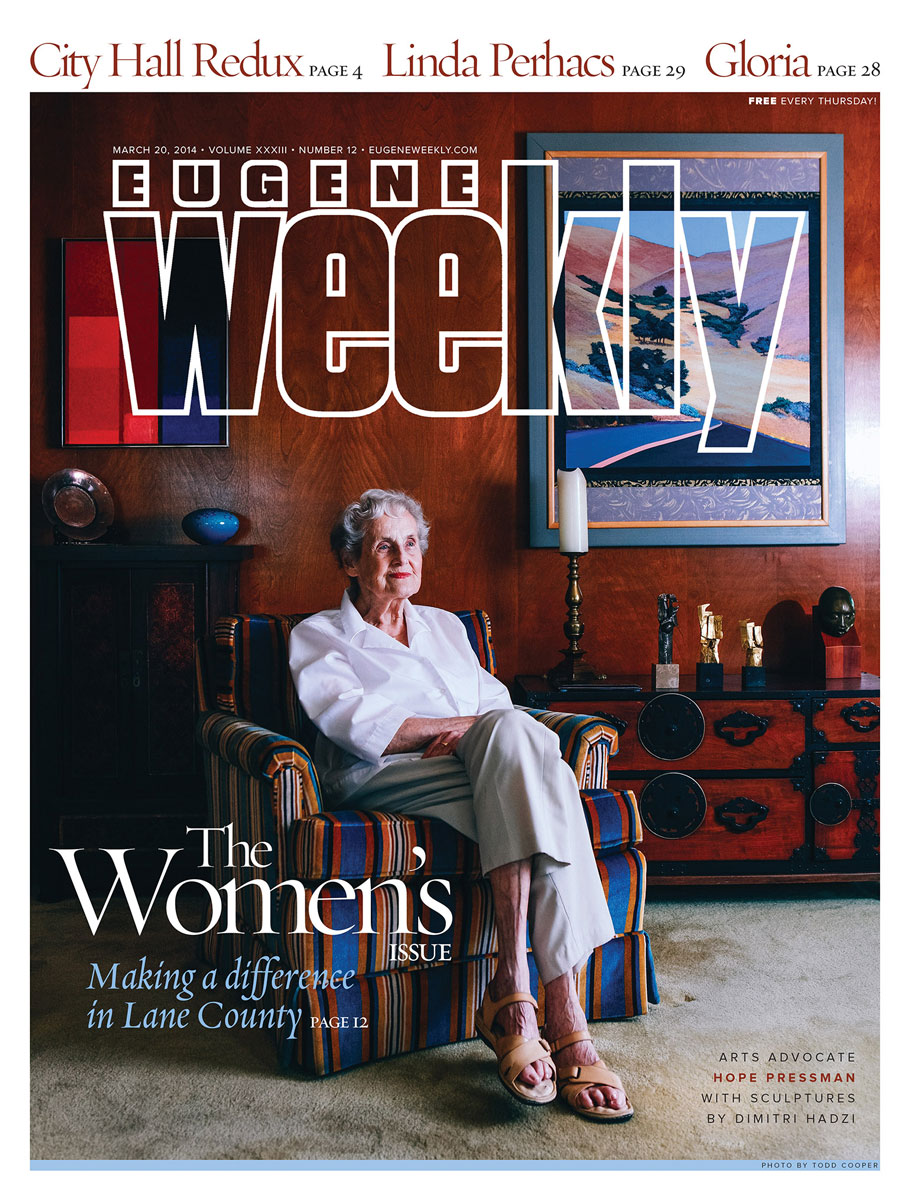
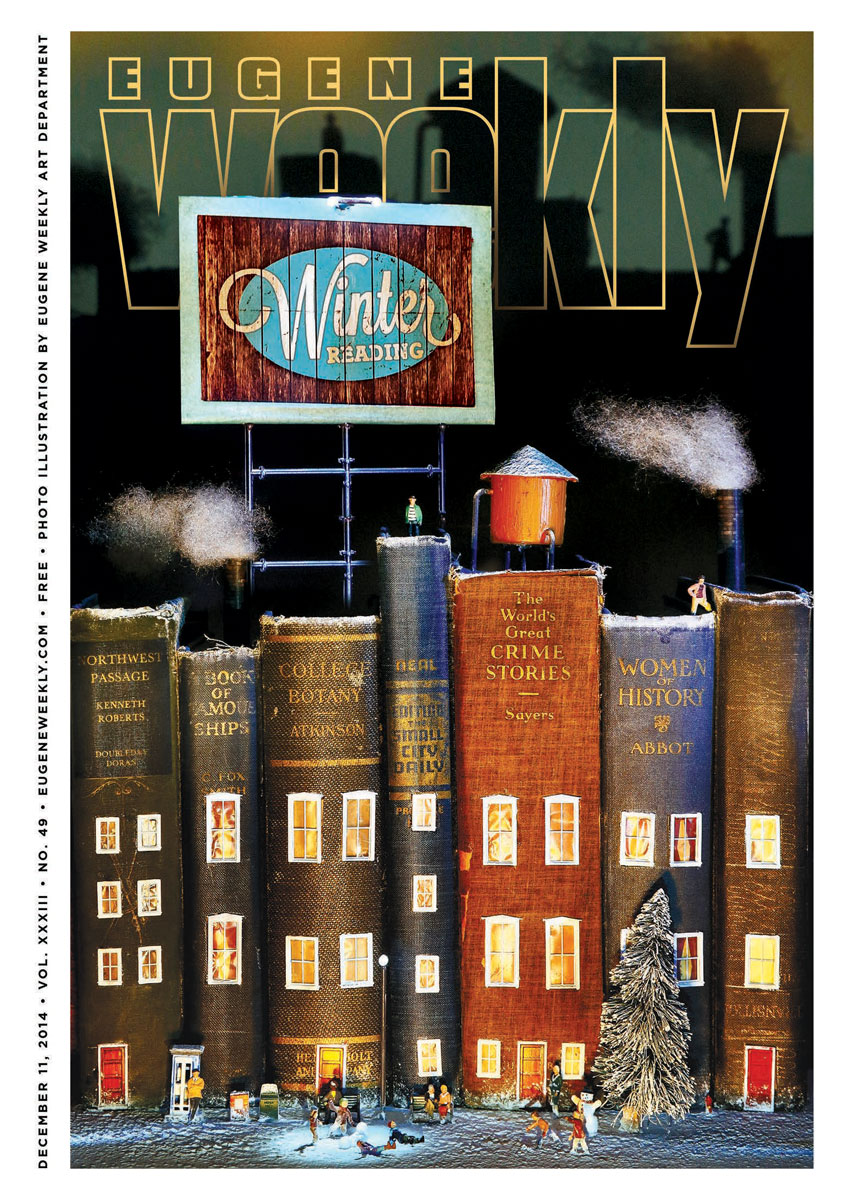



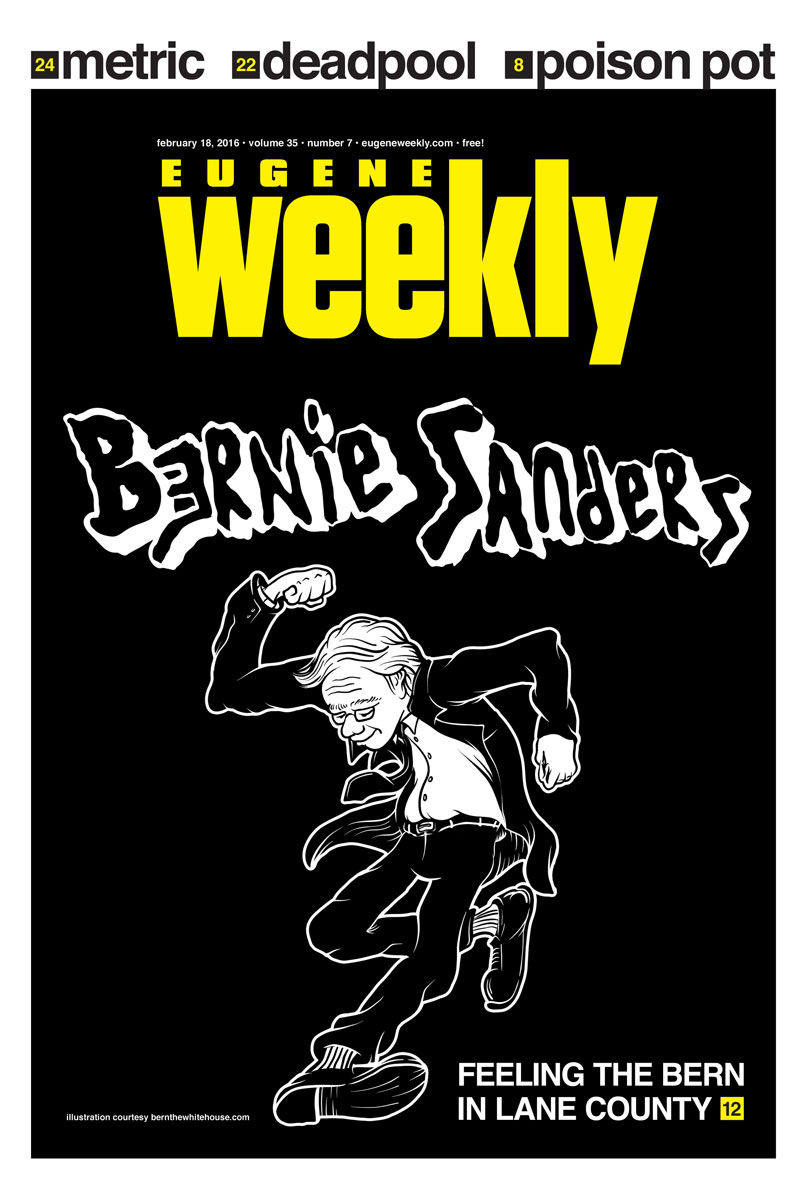

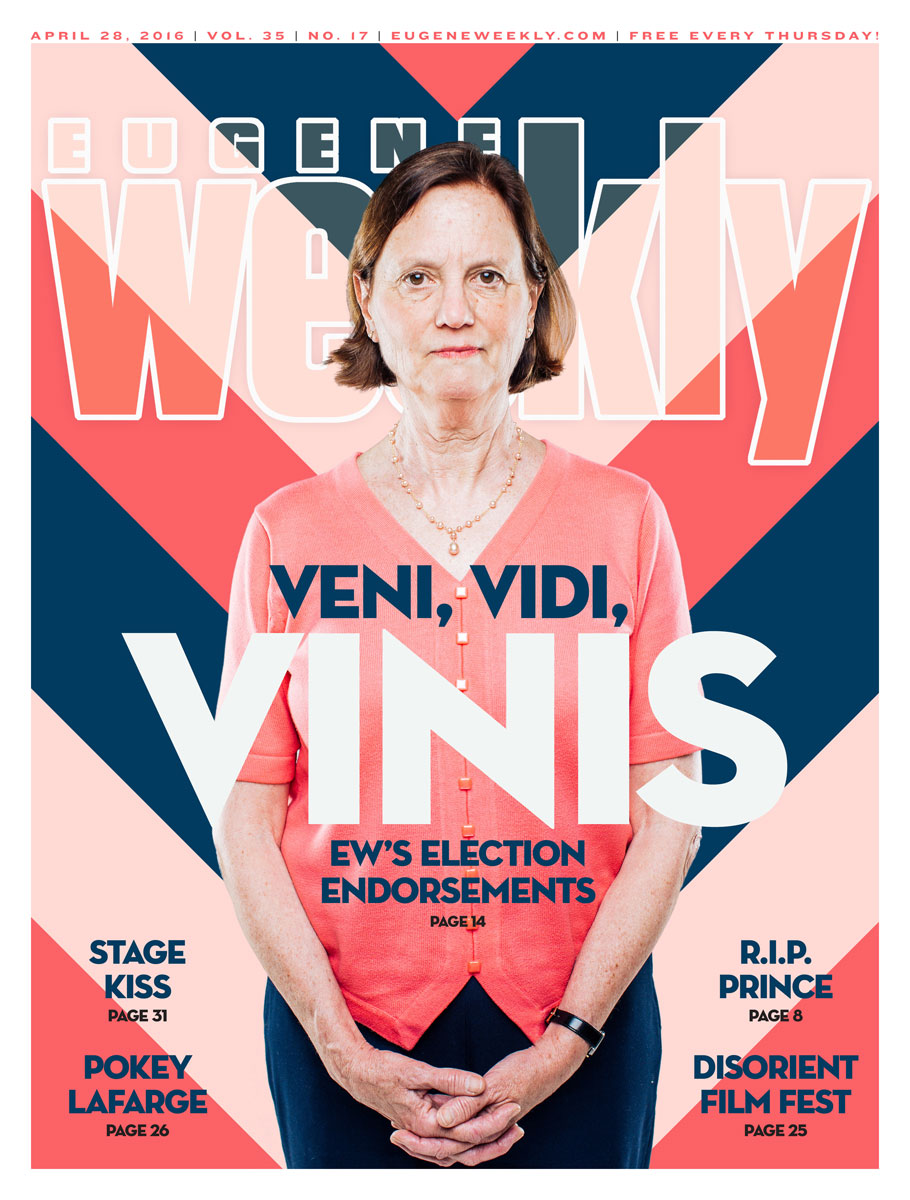
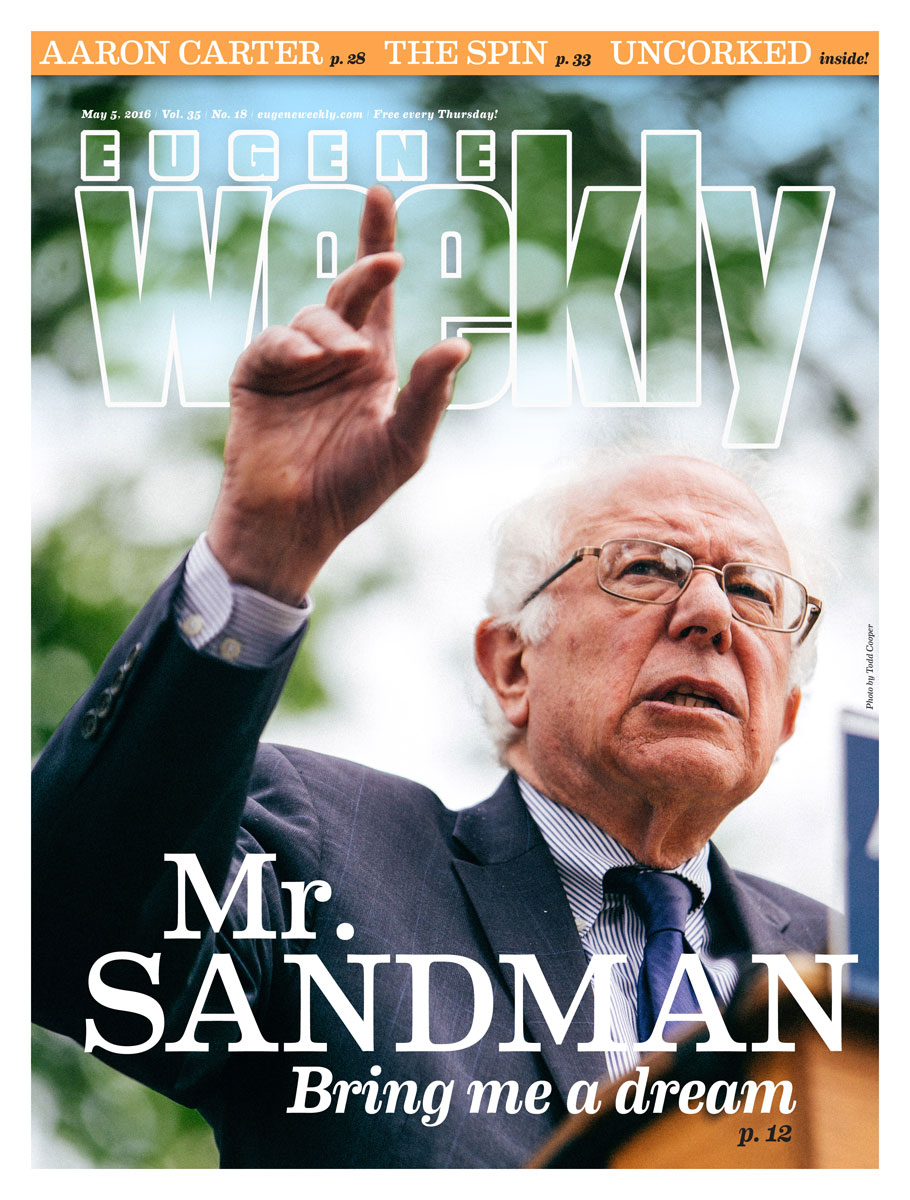
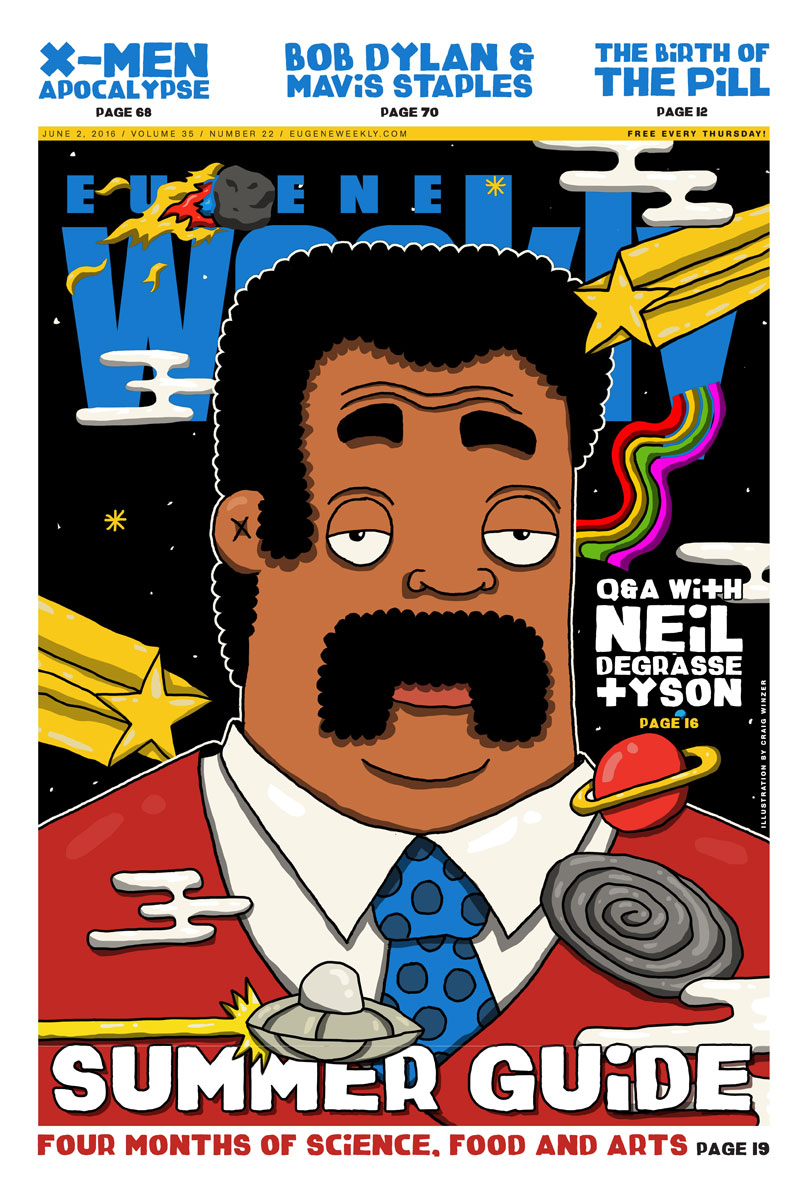
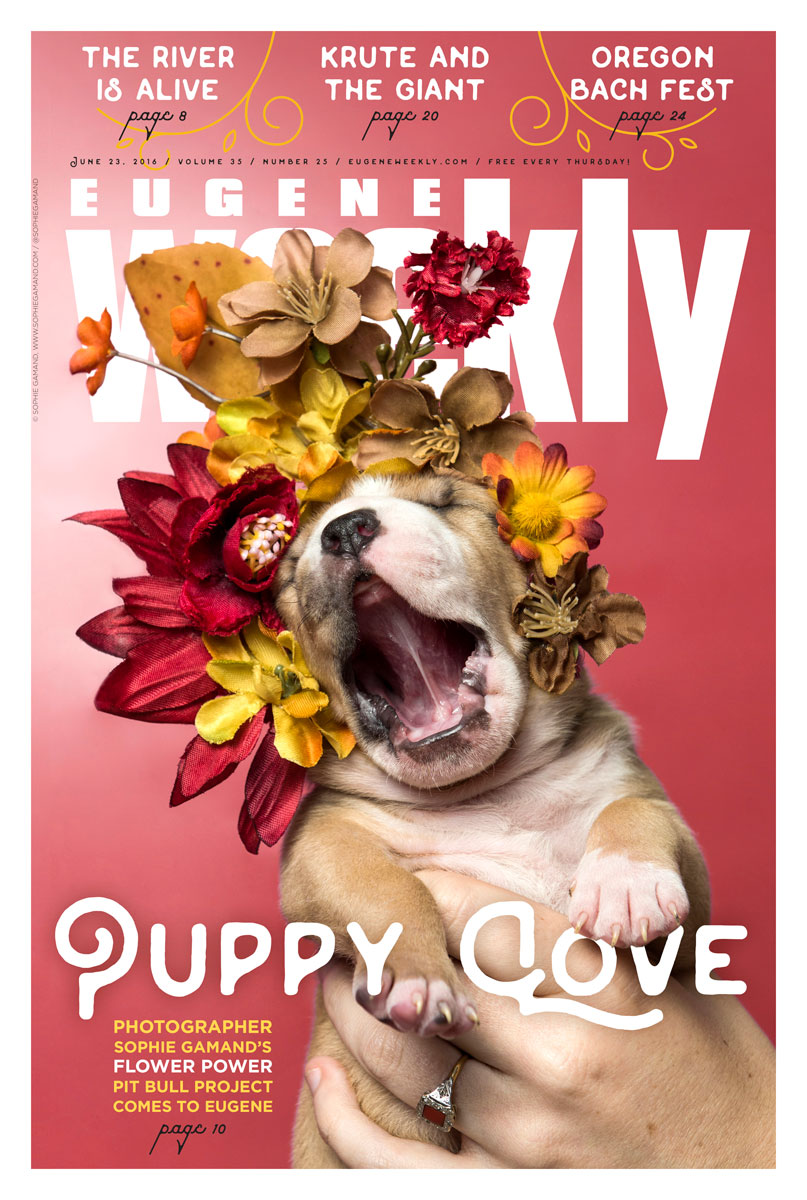
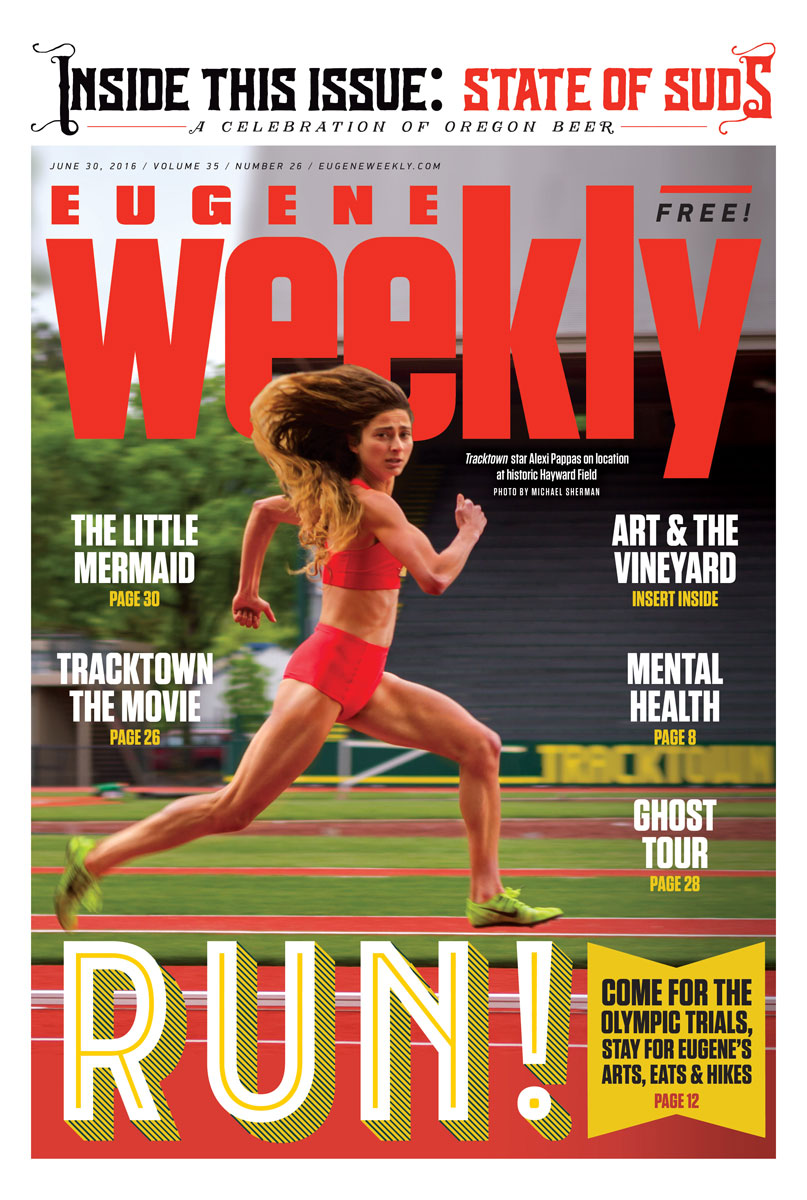
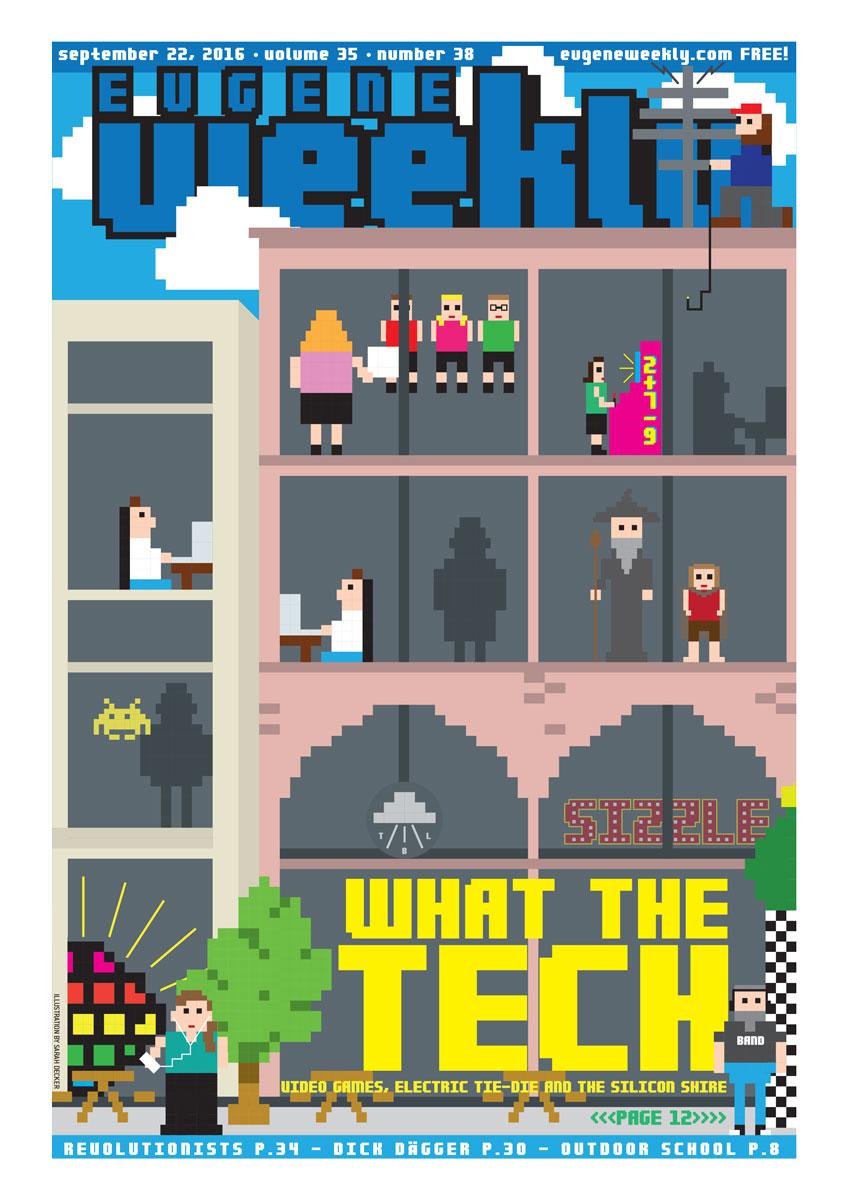
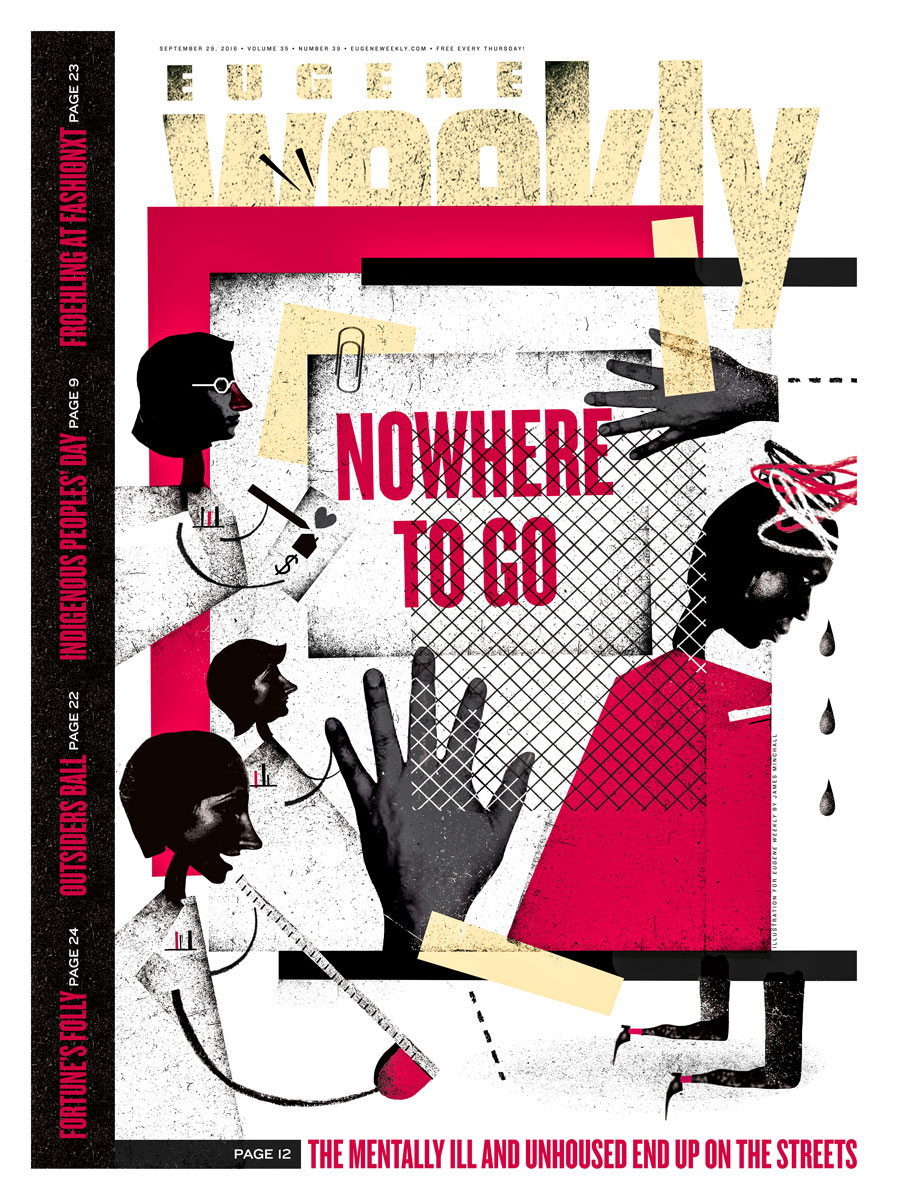



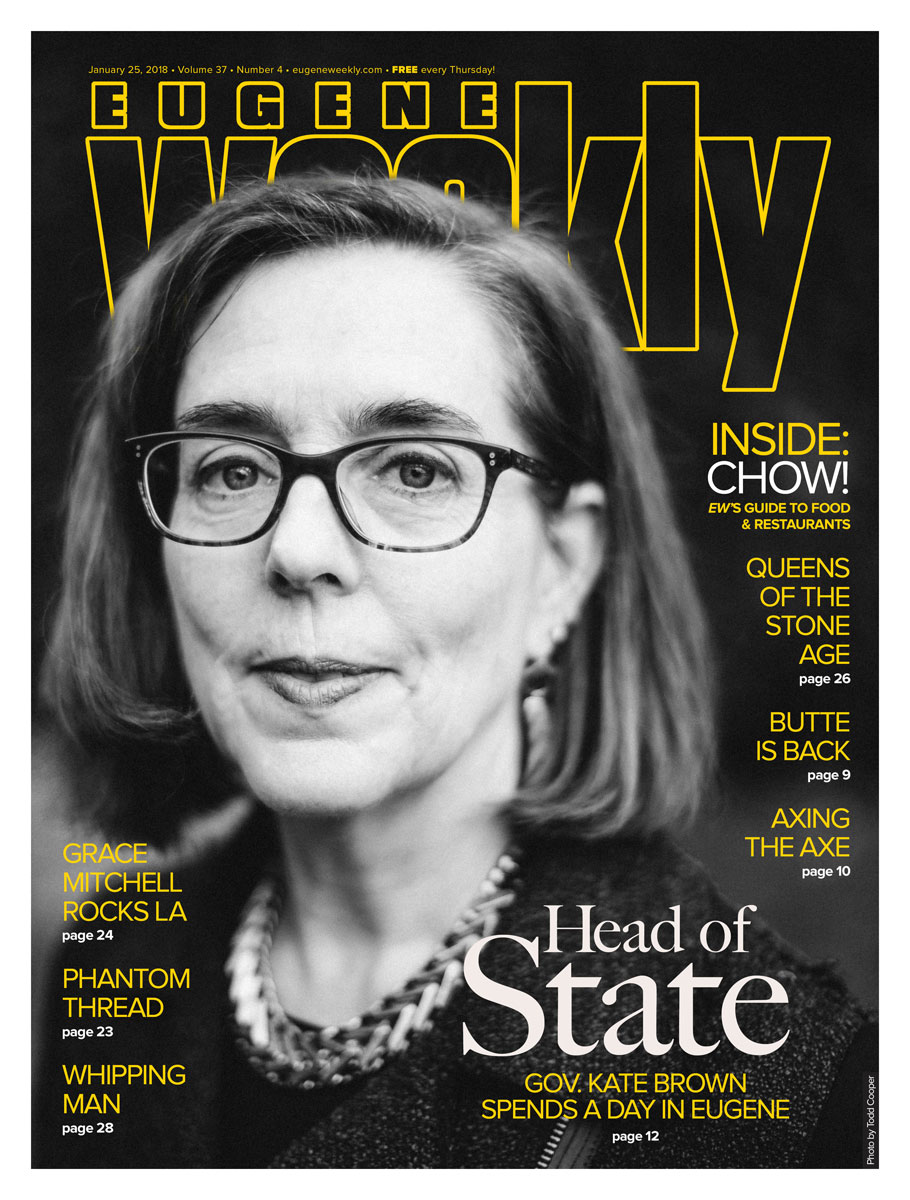
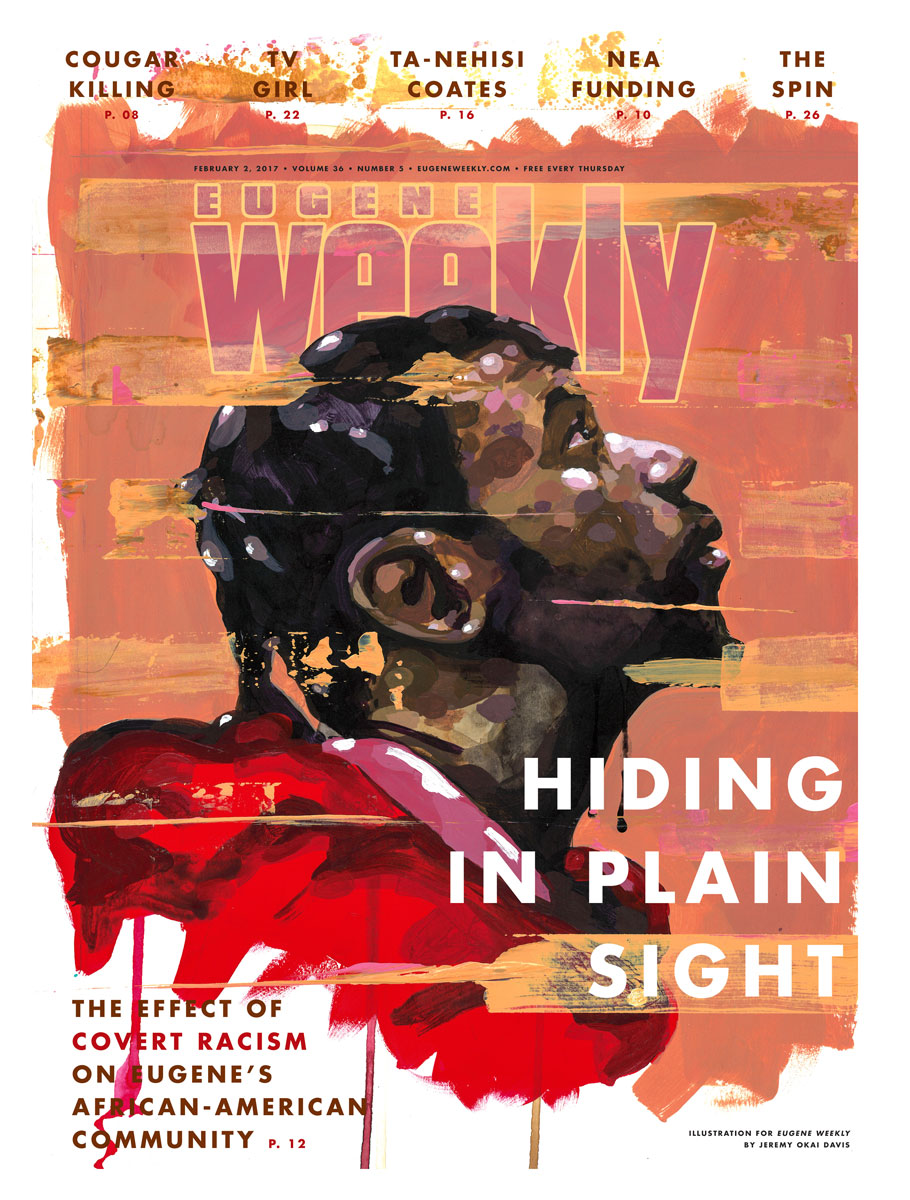
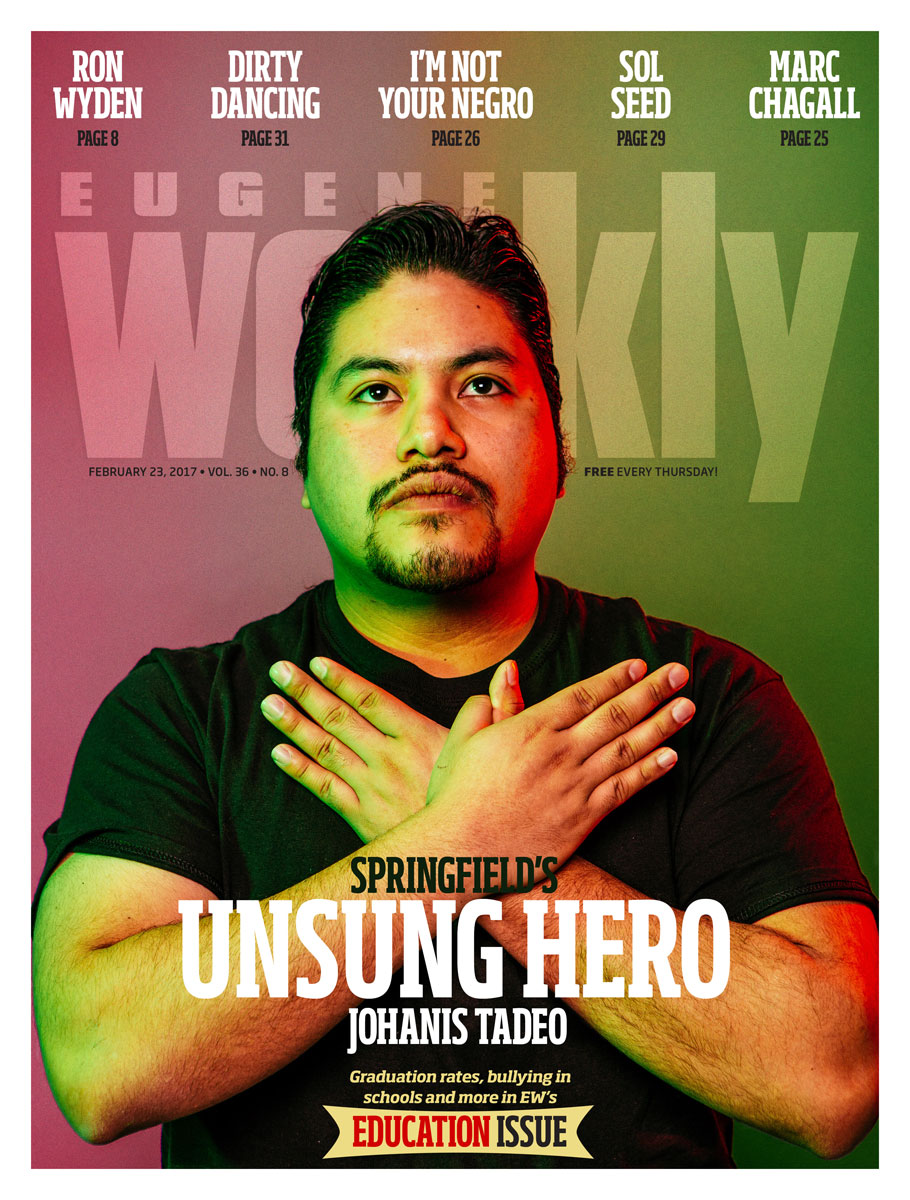




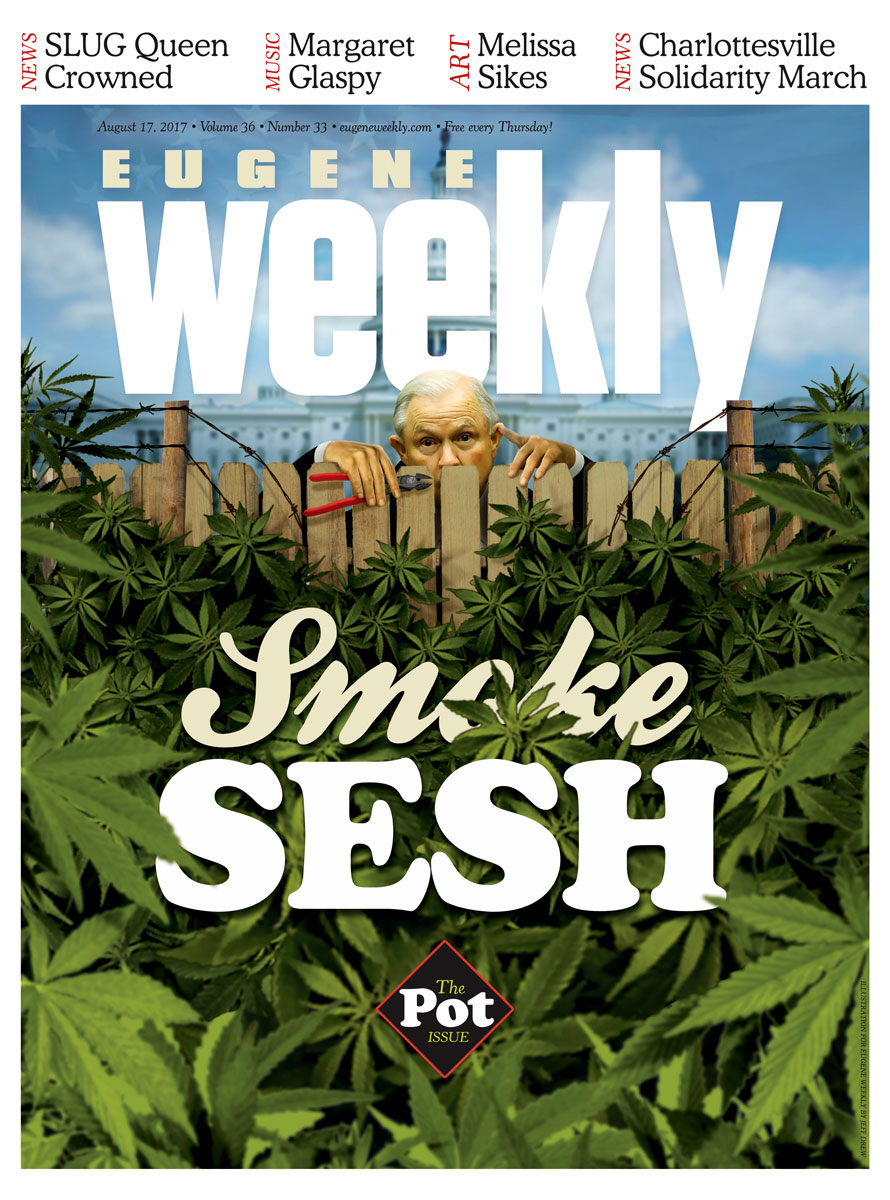

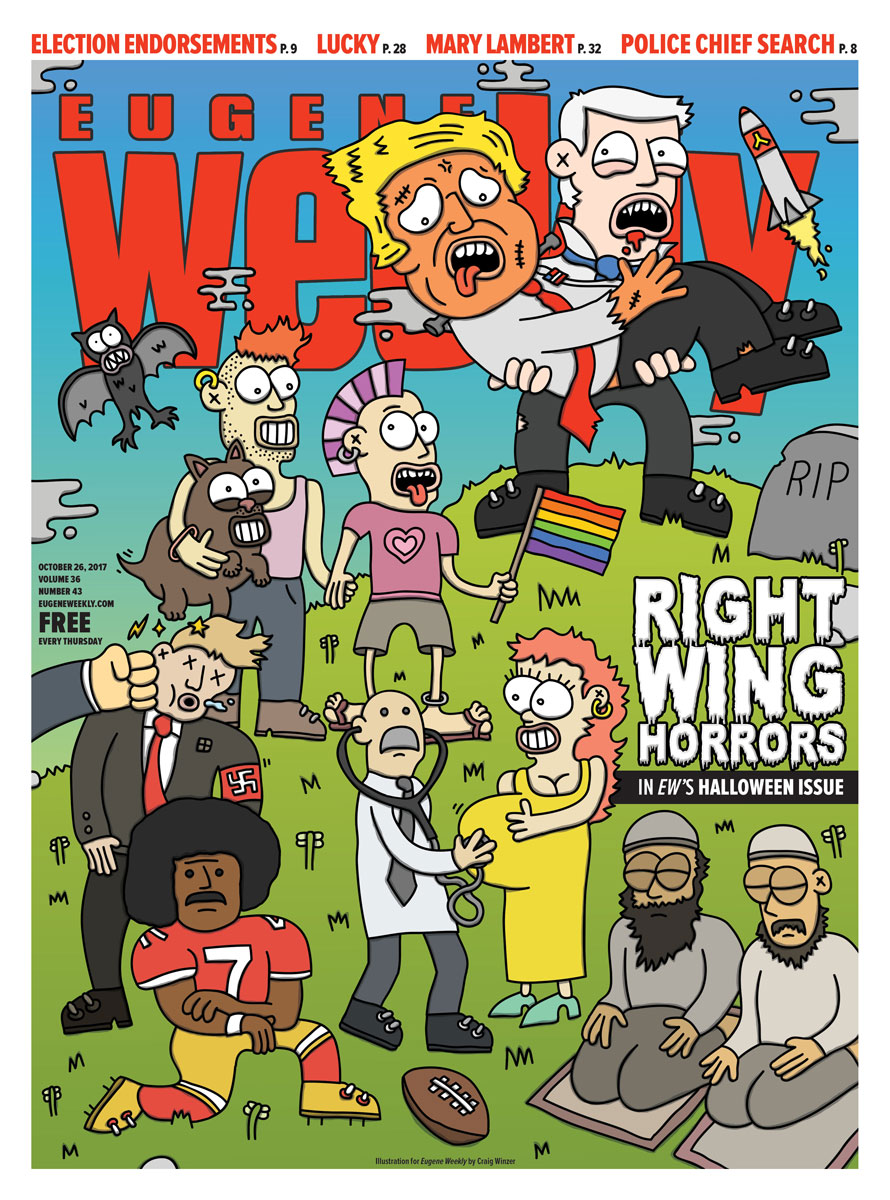

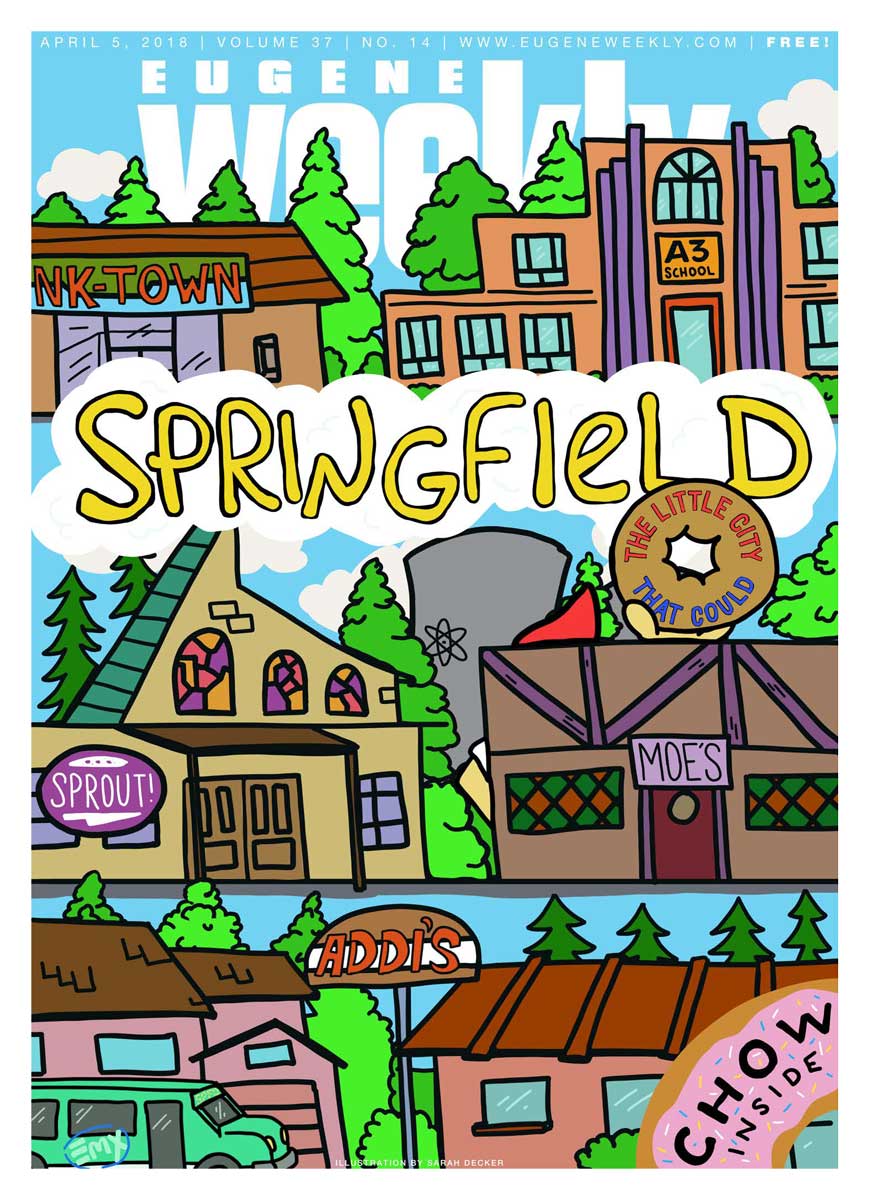
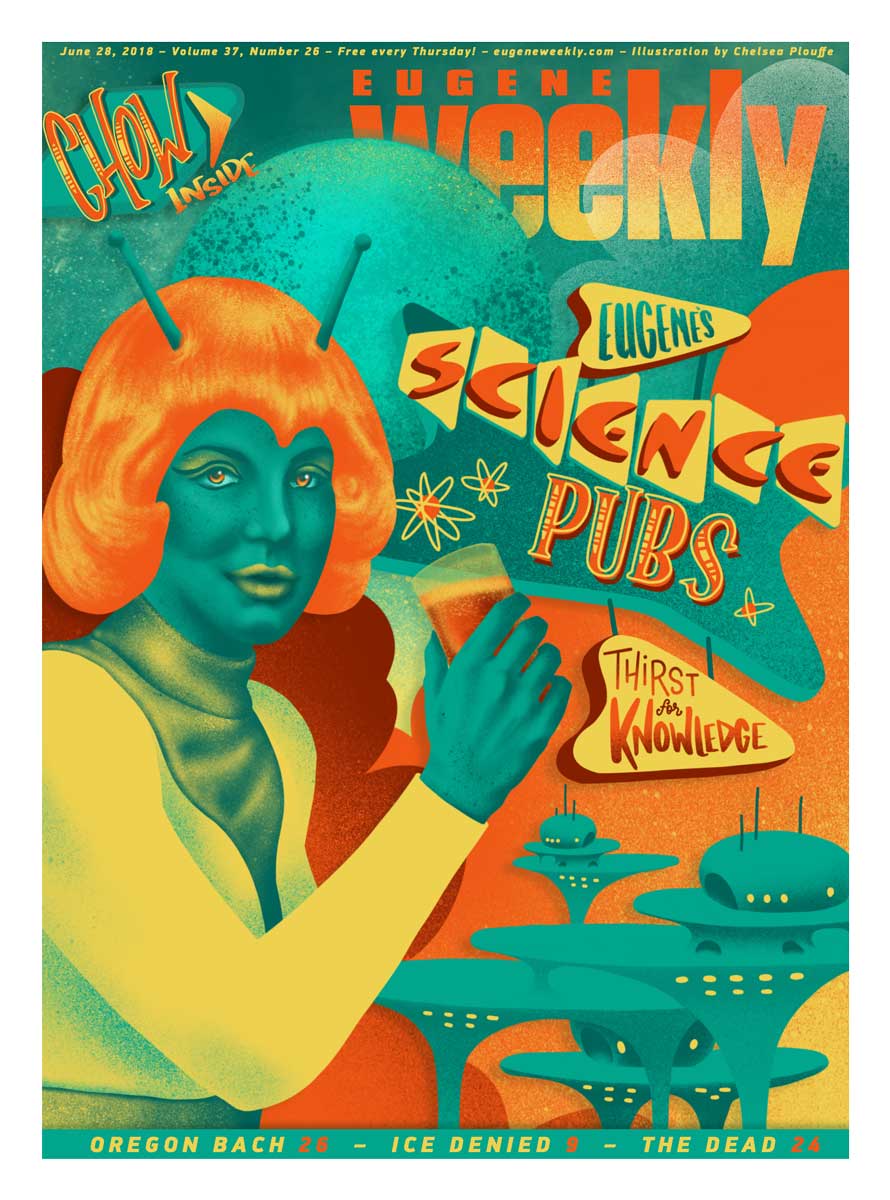
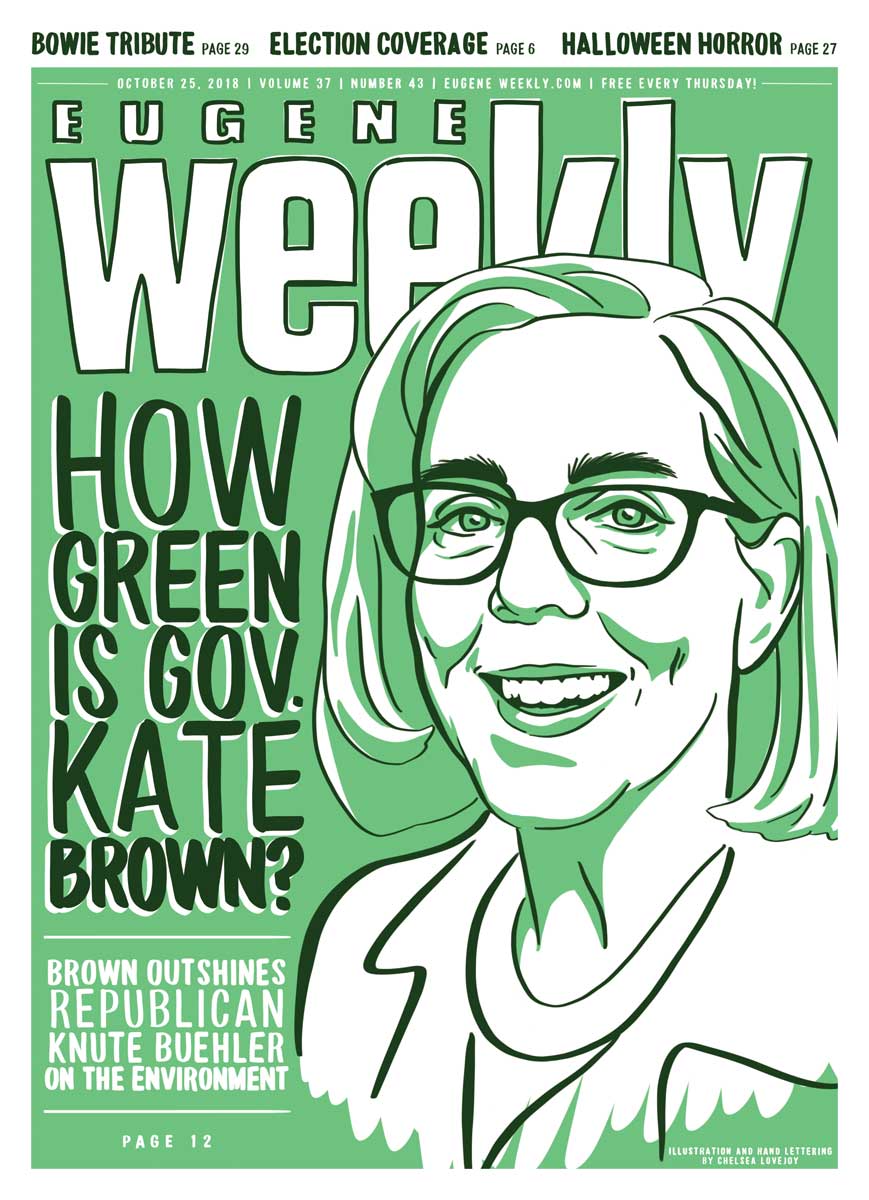
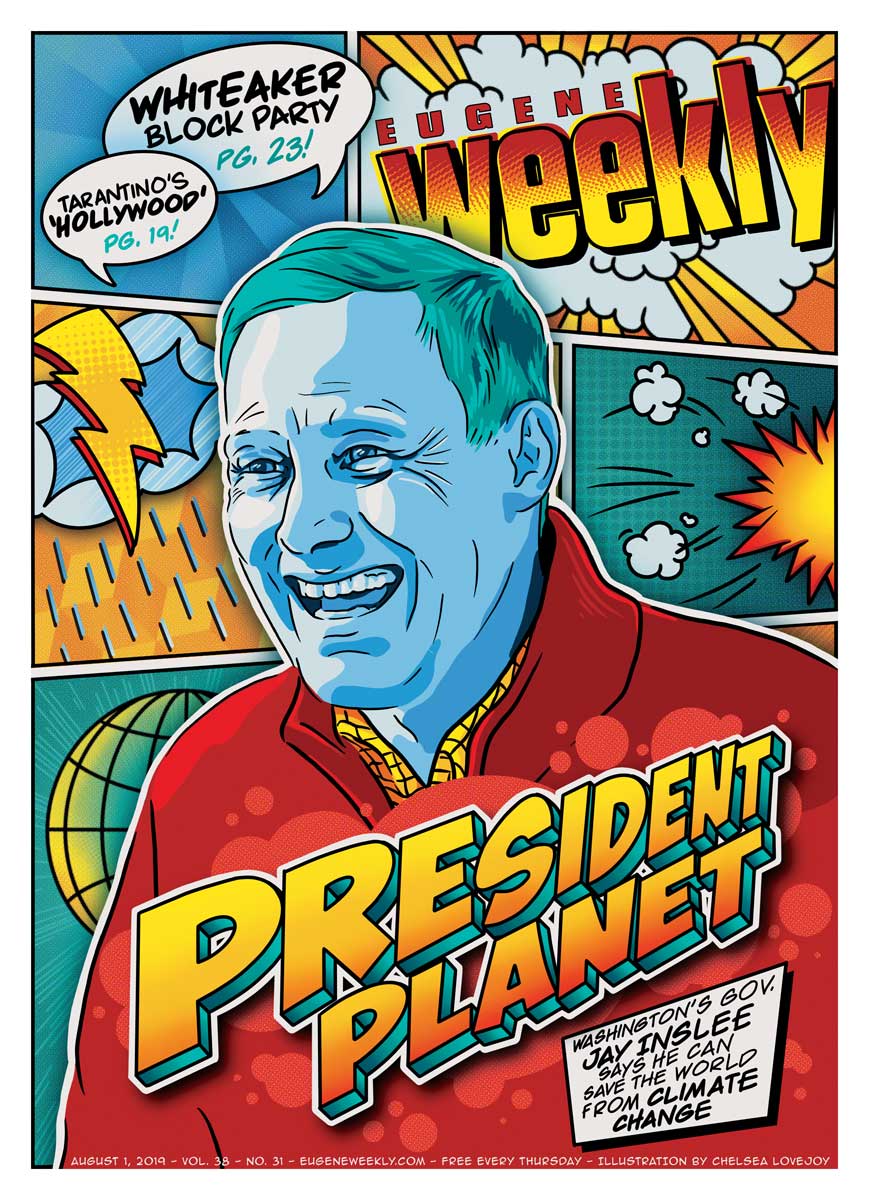

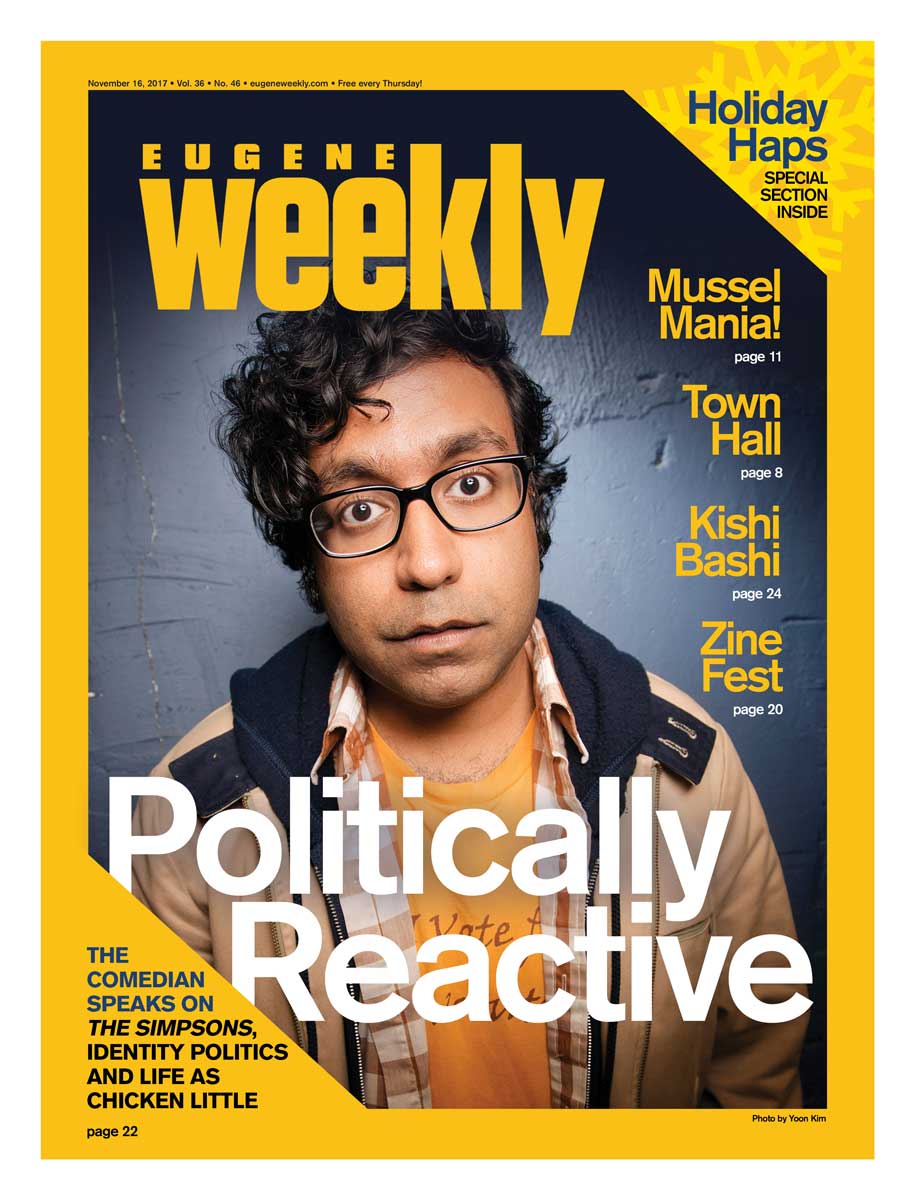
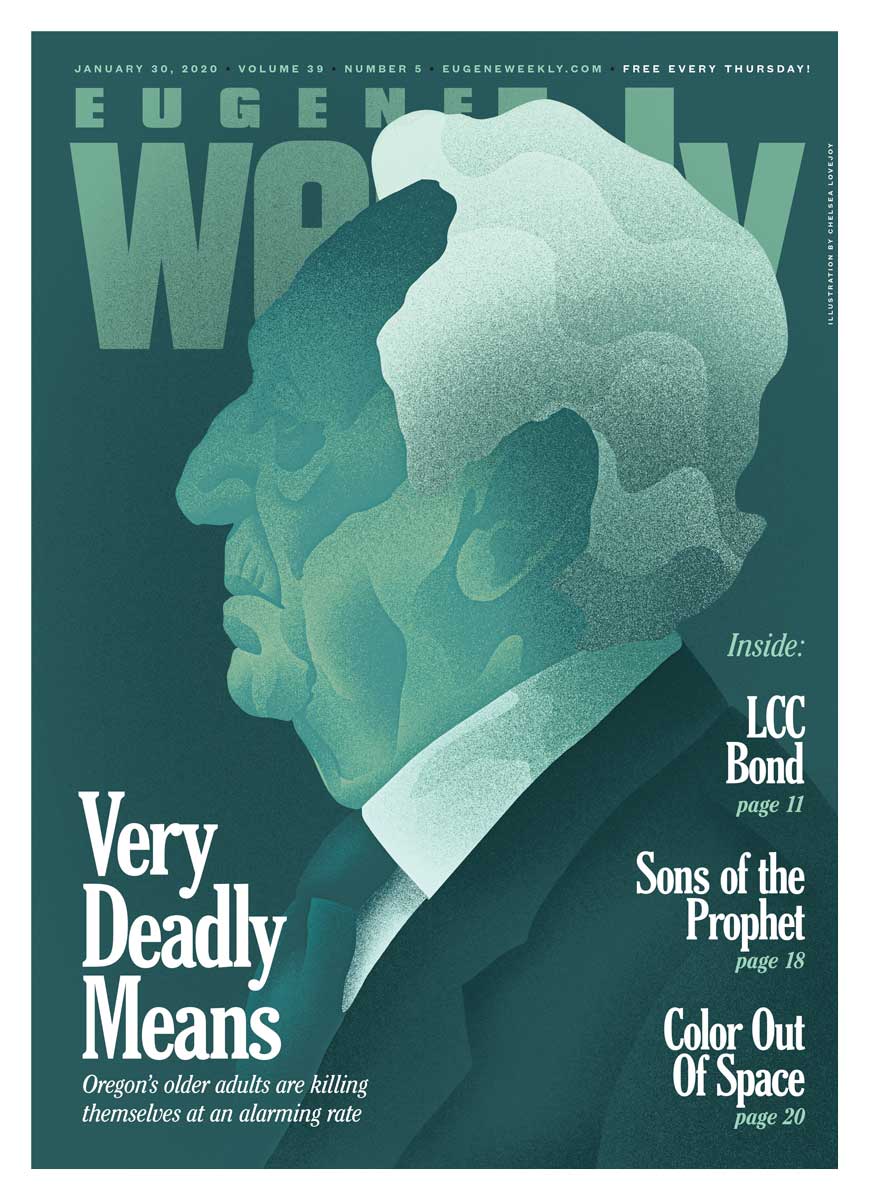
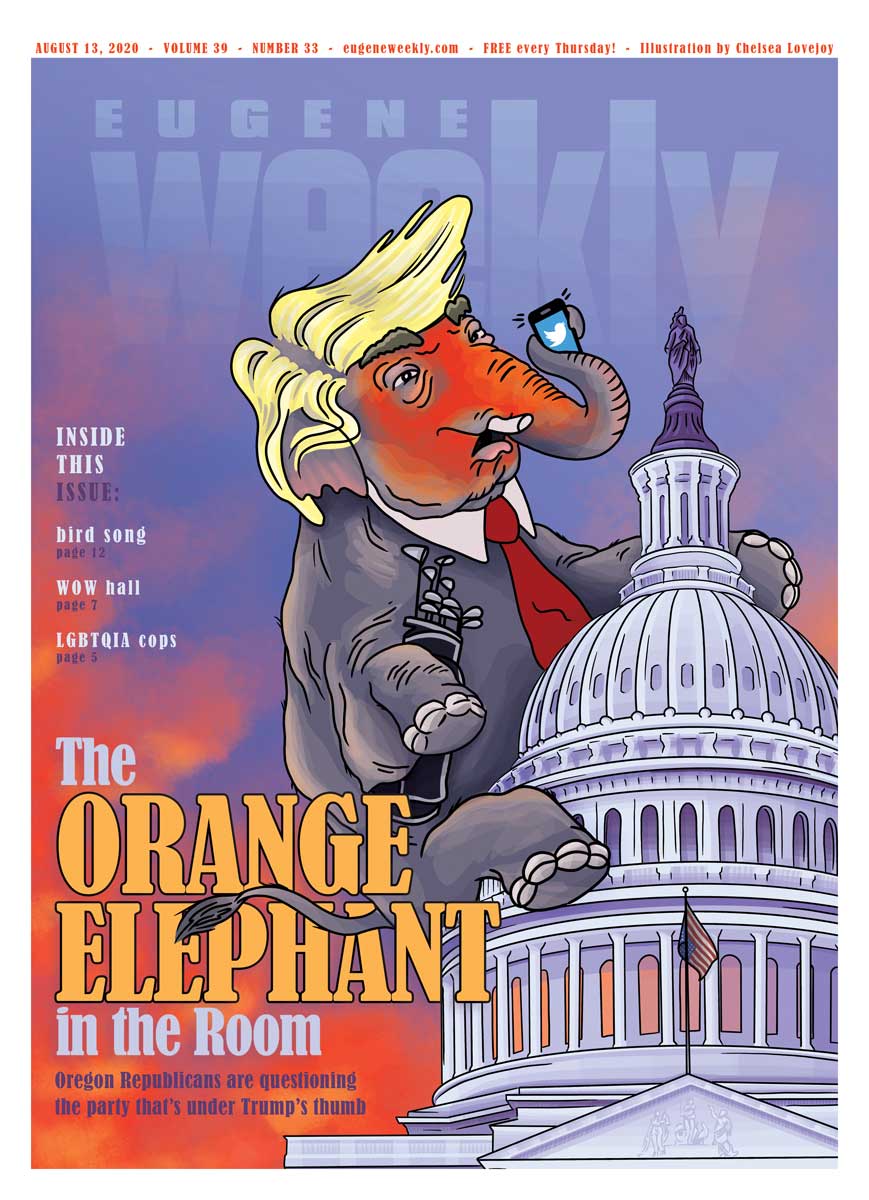
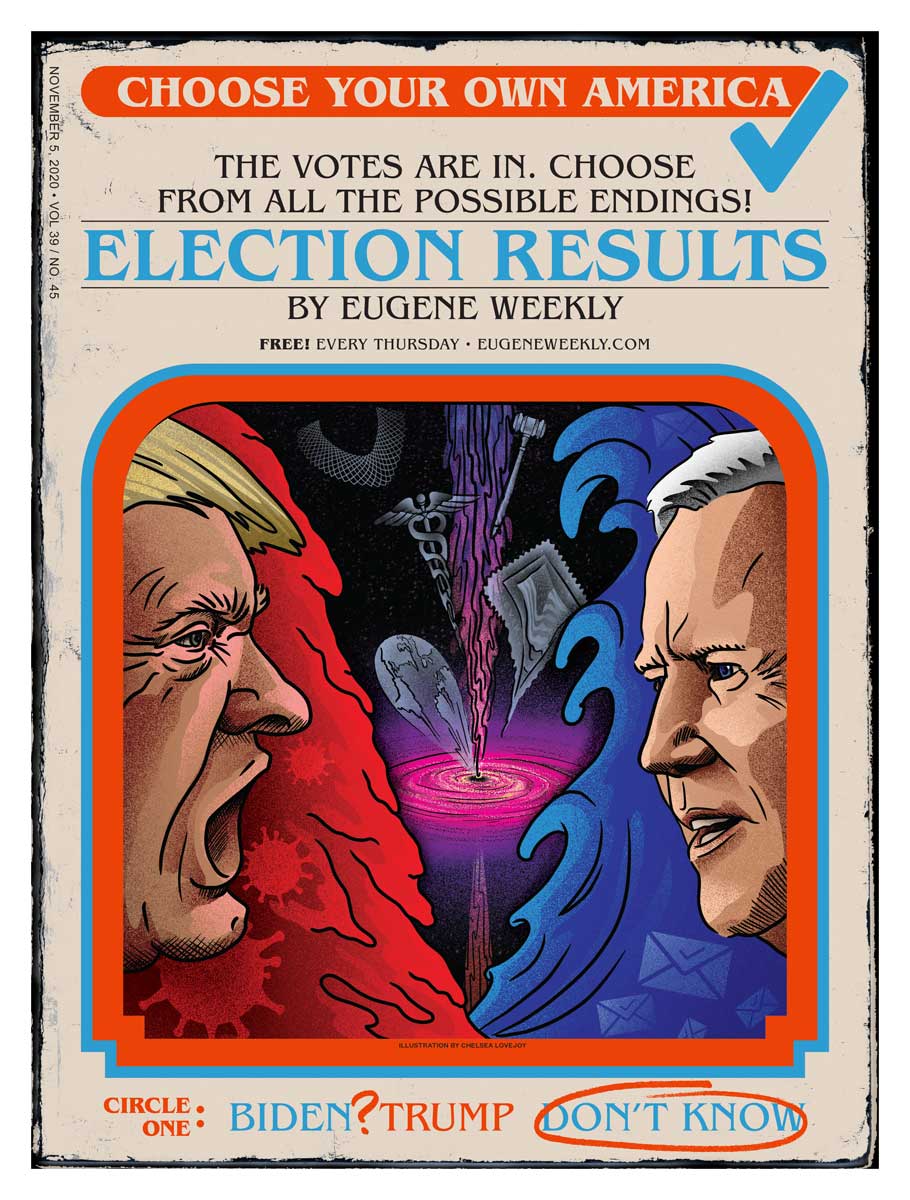
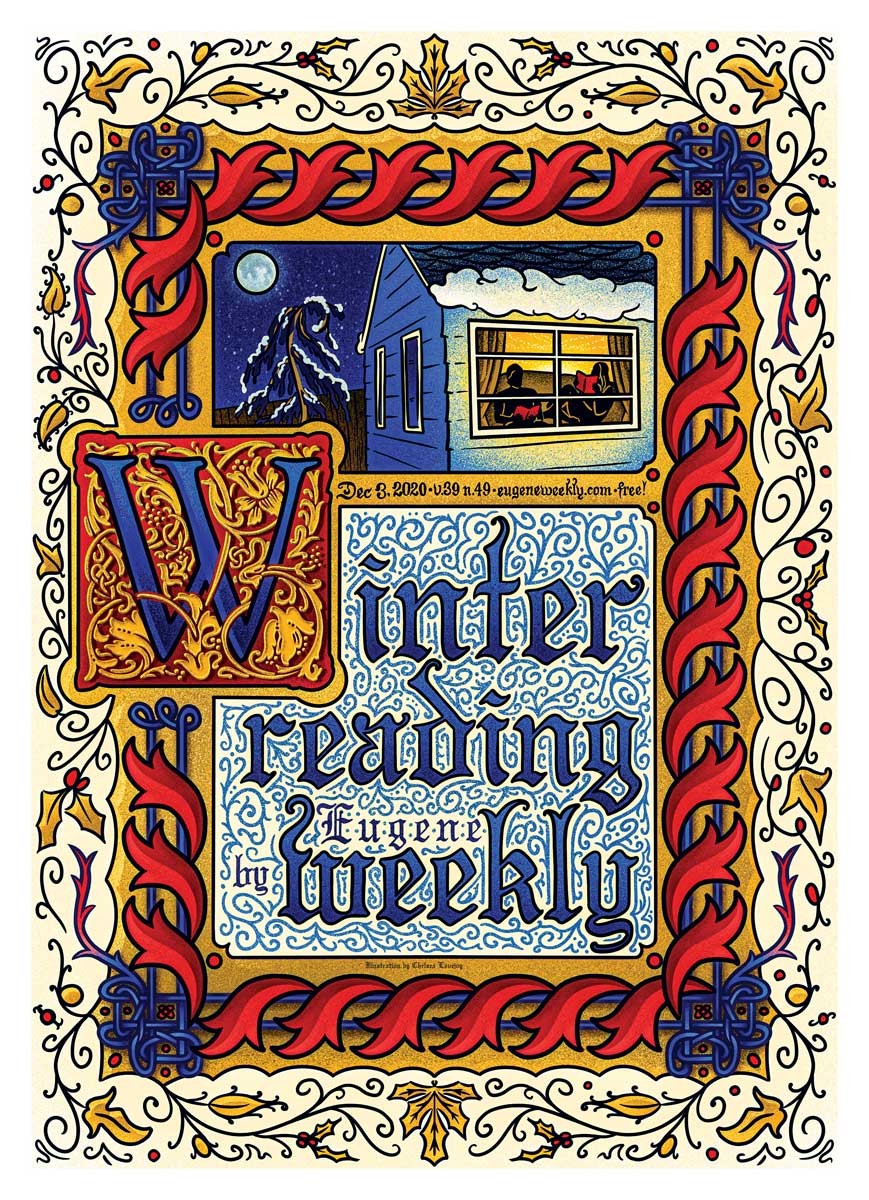
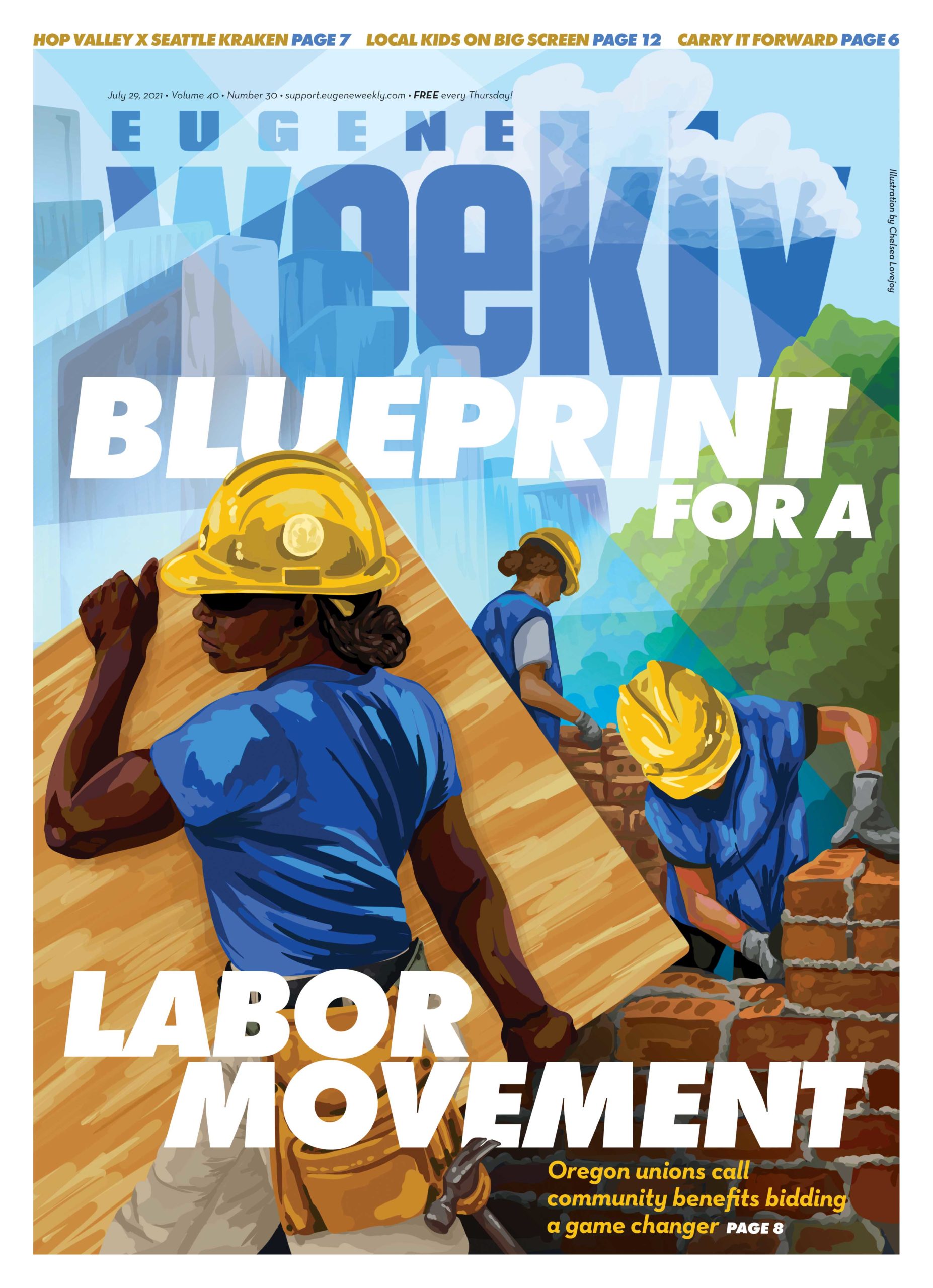


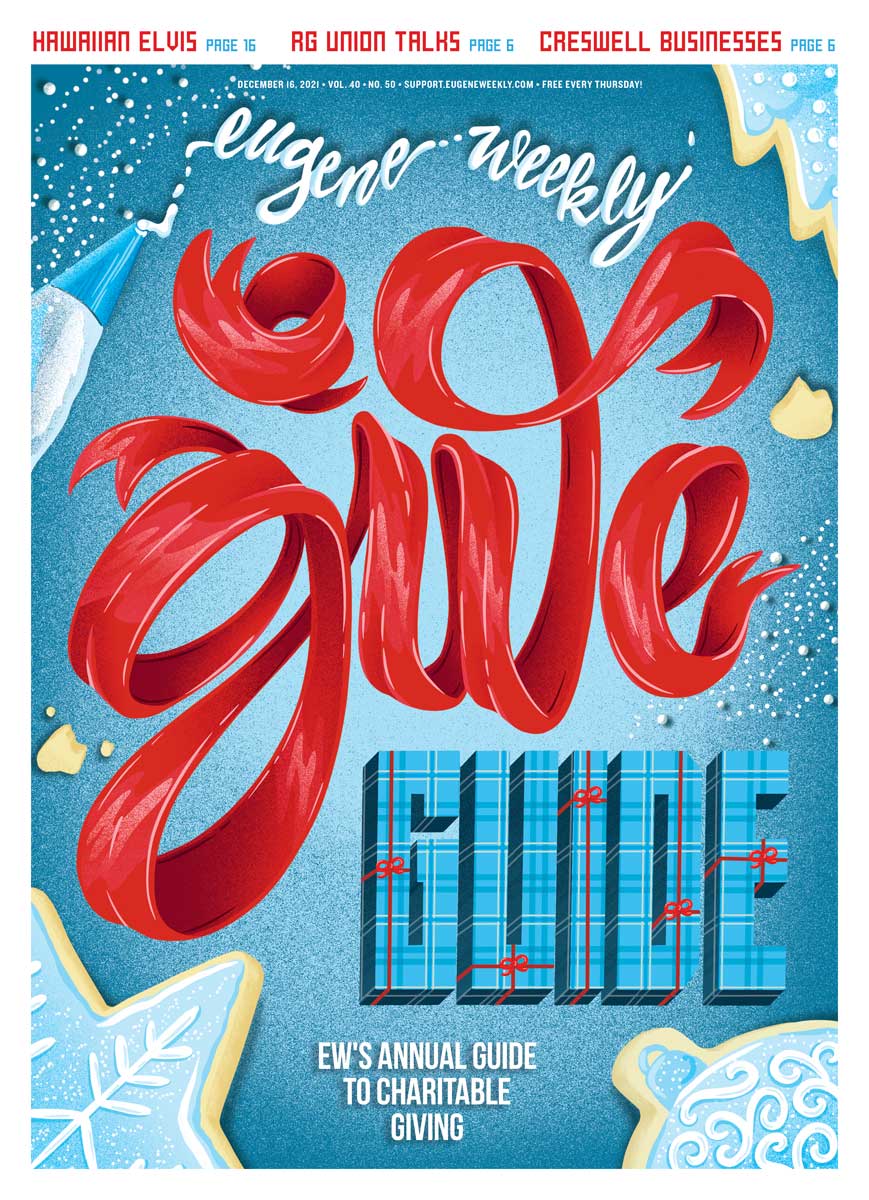
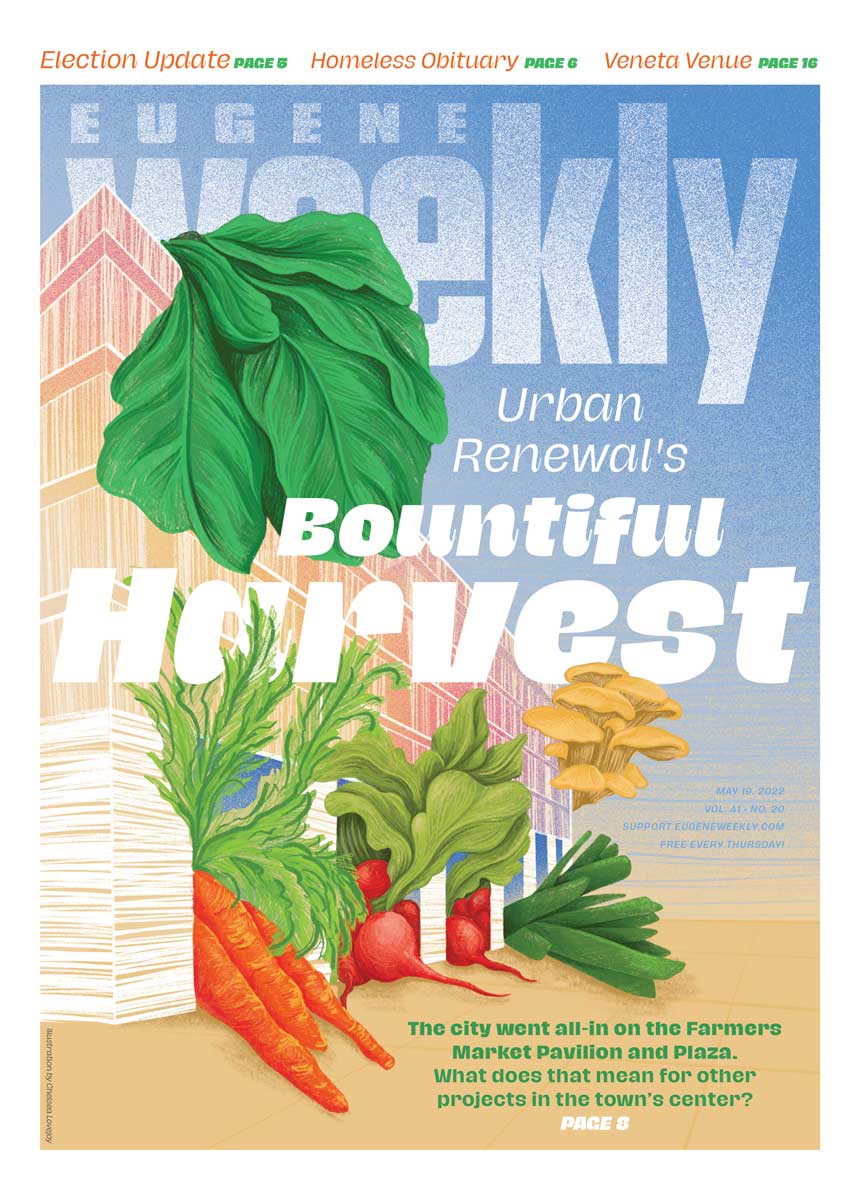

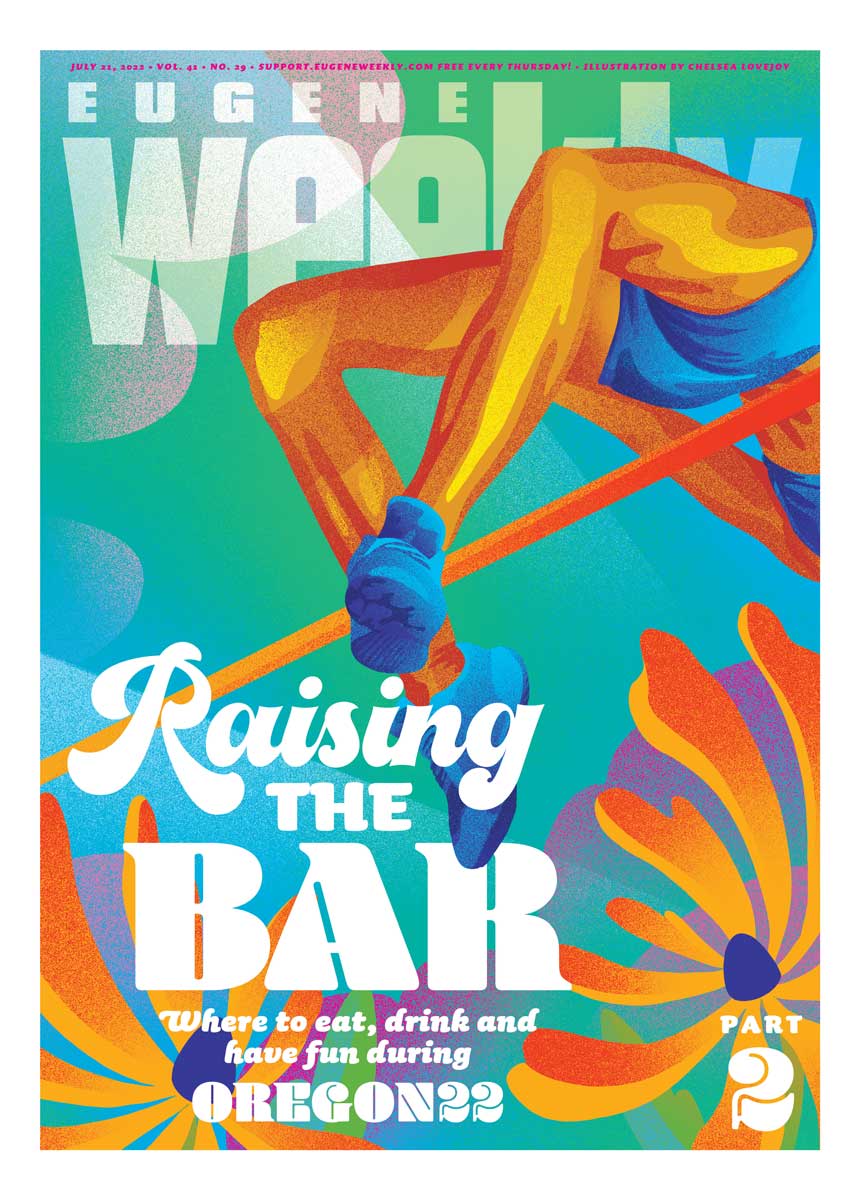
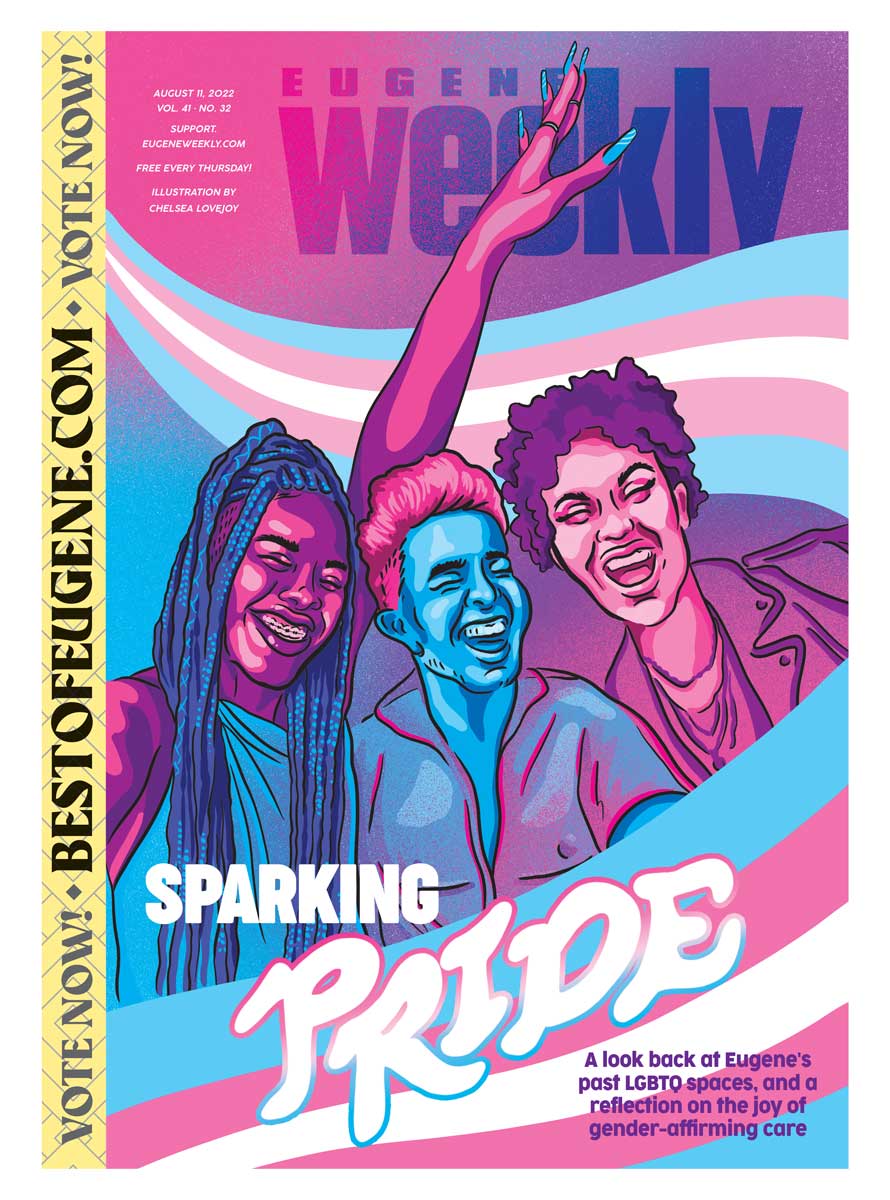
By the early 1990s, trouble was brewing. With more journalistic mission than business sense, the founding mothers and fathers found themselves in financial straits. They put the word out that they needed investors.
Enter Art and Anita Johnson and Fred and Georga Taylor, who bought into the paper in about 1991. Anita Johnson, a 1952 graduate of the University of Oregon School of Journalism who went on to work at The Washington Post before moving to Oregon with her husband, wanted in. She called a former UO schoolmate, Fred Taylor, former managing editor of The Wall Street Journal who had retired with his wife to the Oregon coast, to see whether he and his wife wanted to join the venture.
As Johnson tells the story, Taylor agreed to buy in on one condition: Eugene Weekly had to cover more news. “He said he wasn’t interested in owning a calendar,” Johnson says. “But over the years he often said with some reluctance that the calendar is the most important part of the Eugene Weekly every Thursday. Add to that the endorsements and coverage of local candidates, and that’s quite a contribution to the life of the city.”
Johnson — who doesn’t like to be called “publisher” of a paper that operates more by consensus than under any form of traditional hierarchical management — continues to take an active role in the EW operation, visiting the office three or more days a week and attending weekly editorial meetings.
Fred Taylor saw his wishes come true: EW became a vital news outlet for Eugene and the surrounding community under the Taylors’ and Johnsons’ ownership.
Over the coming decades, writers at EW would take on some of the weightiest news topics in town — ecosabotage, homelessness, rogue cops, the Occupy movement, the environment and even labor practices at The Register-Guard. “Probably the most amazing stories the paper ran were written by Alan Pittman about the cops who went to jail for sexual improprieties,” Johnson says.
“We did the first stories on forest mismanagement and environmental protests,” says Ted Taylor (no relation to Fred Taylor), who was EW’s editor from 1998 to 2016. “The Weekly was the leading watchdog on city and county government for many years, and we published the only stories critical of the University of Oregon’s spending on Duck sports while academics suffered.”
These days the Weekly finds itself in a sometimes awkward position in Eugene’s journalistic landscape. Long happy to be a traditional alt paper — one that critiques and complements traditional mainstream news media — EW has become an increasingly powerful force in Eugene culture and politics as The RG has shrunk in size and influence. We are now the only news outlet in town that does political endorsements, for example, and we’re the only publication with a full arts and entertainment calendar as well as previews and reviews of many shows and exhibitions.
Despite regular calls from our readers for us to step up to the job of being Eugene’s main news outlet, EW is likely to remain true to its alternative roots, staying small, nimble and feisty.
“EW is just as much about the future as we are about honoring our alternative past,” says Camilla Mortensen, editor since 2016. “This newspaper has launched the careers of tons of journalists through our internship program. We’ve sent former interns to news outlets across the state and across the country. We have sent former EW interns to The New York Times, Seattle Times, CNN and, of all places, Fox News, just to name a few.”
Co-owner Johnson would simply like to see growth at the paper, without changing its mission. “Every alt paper is a different animal, depending on the community it serves. In Eugene now, demand is great for both coverage of governing bodies and for the fun and craziness of the alternative scene. That’s a big order,” she says. “In 10 more years it would be great if EW could have many more pages, more great writing and photography and higher pay for everybody. More, more, more!”
